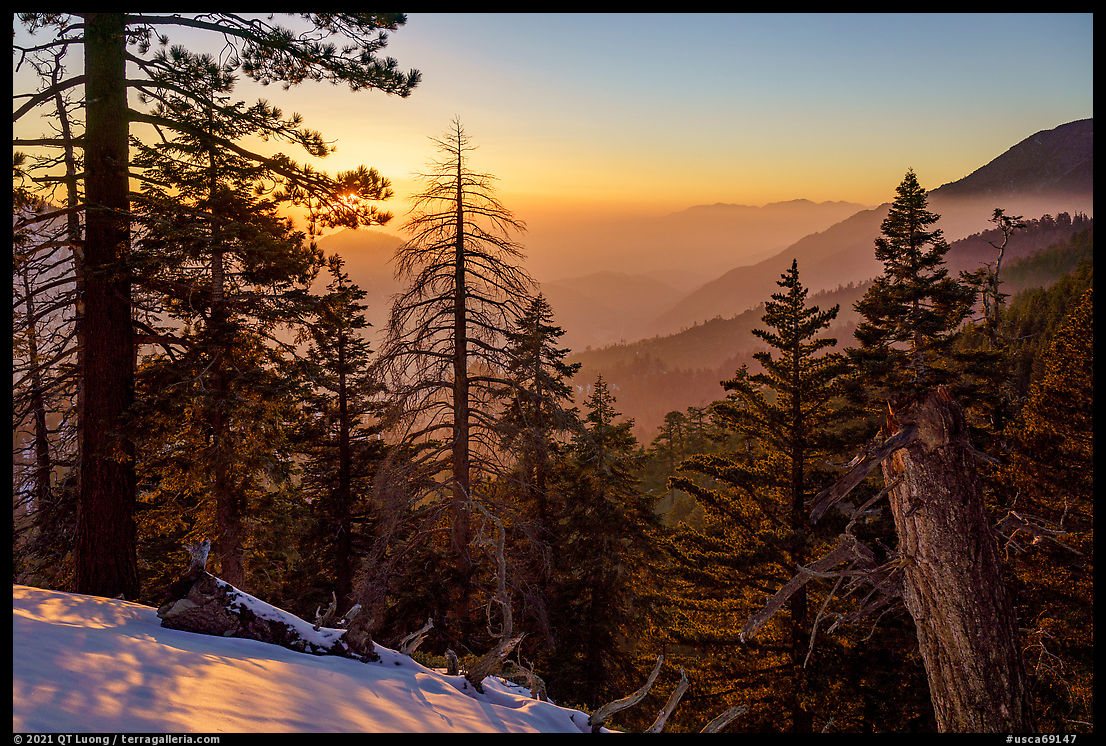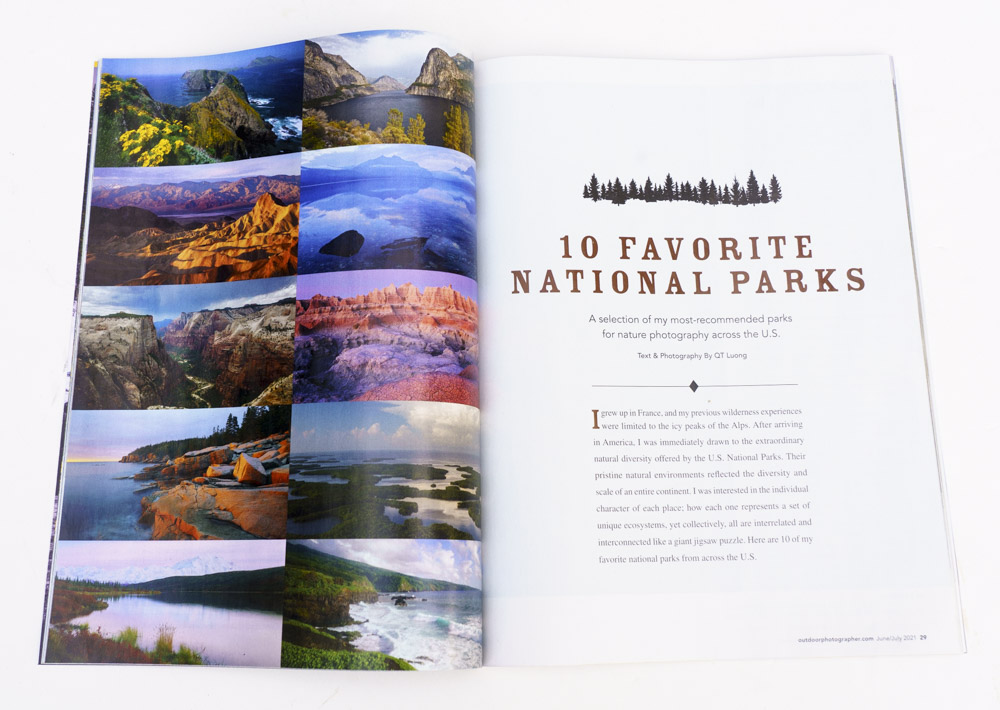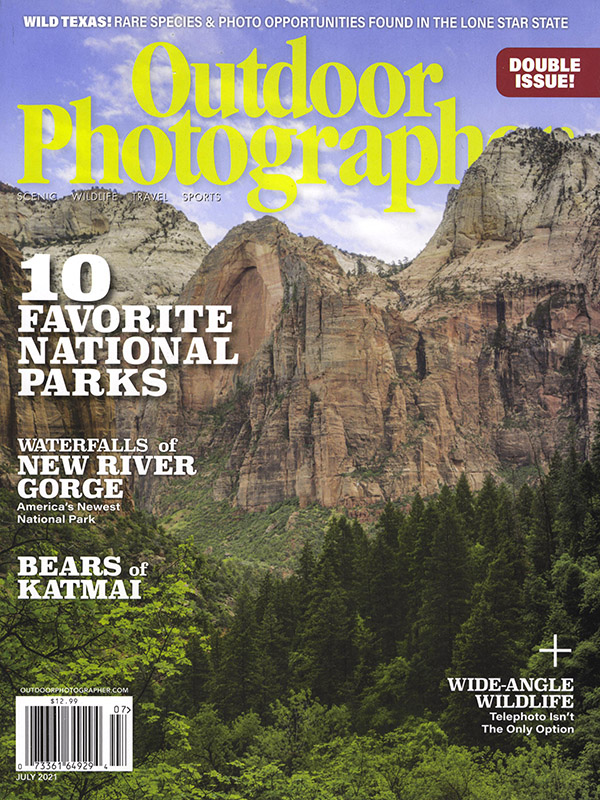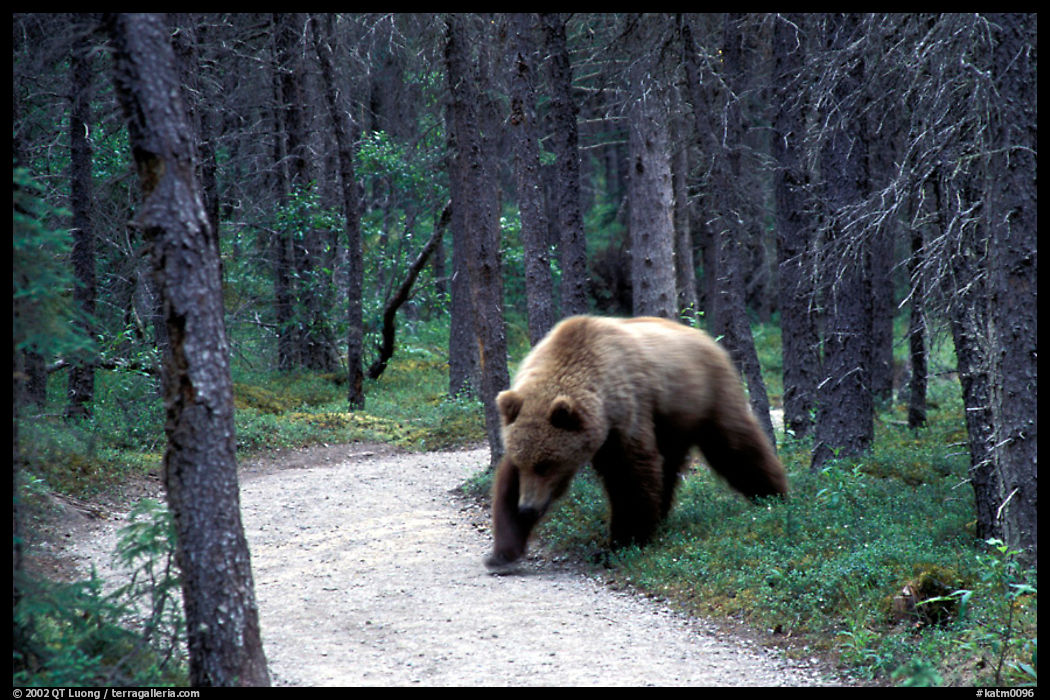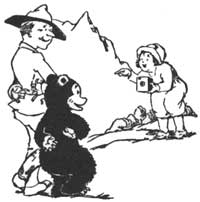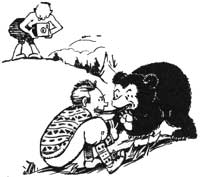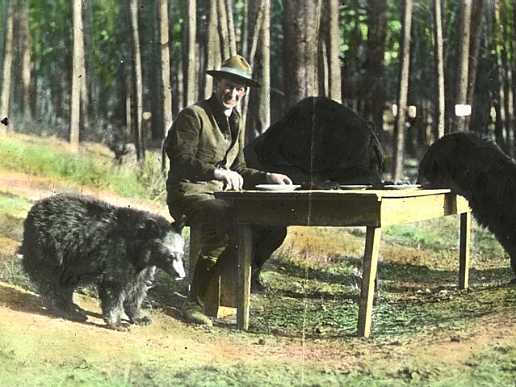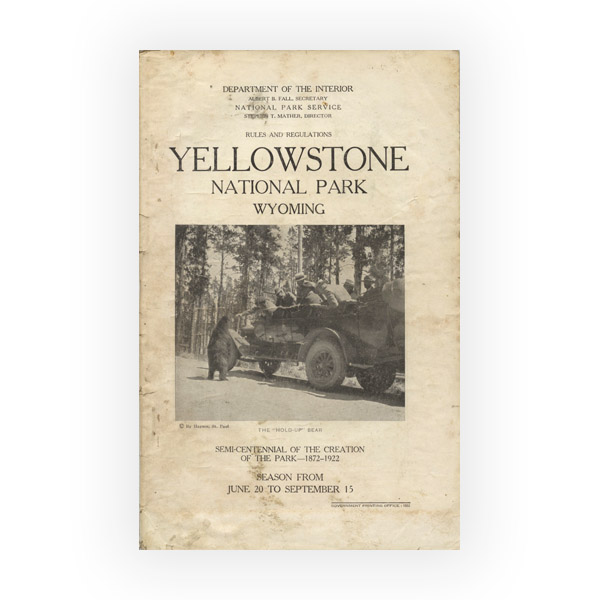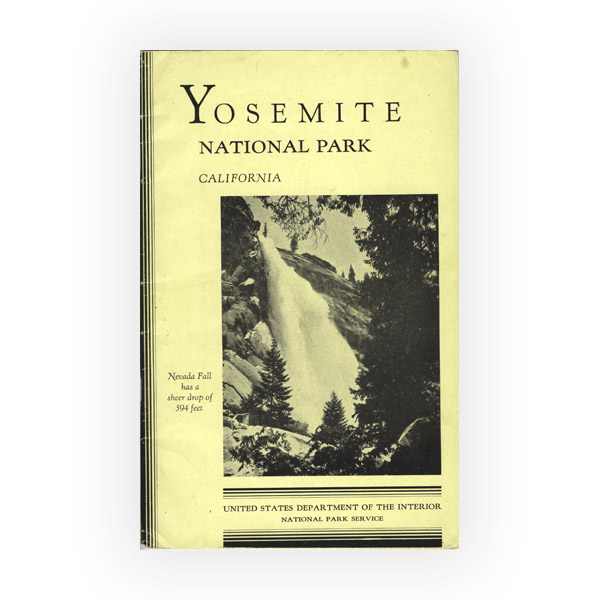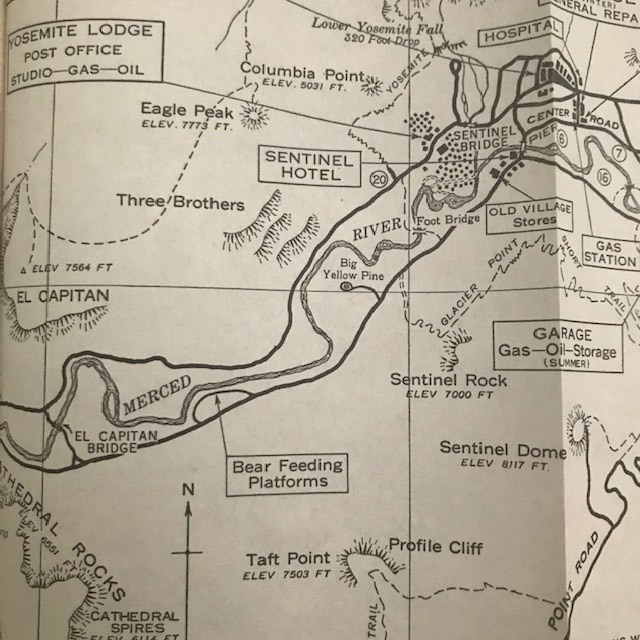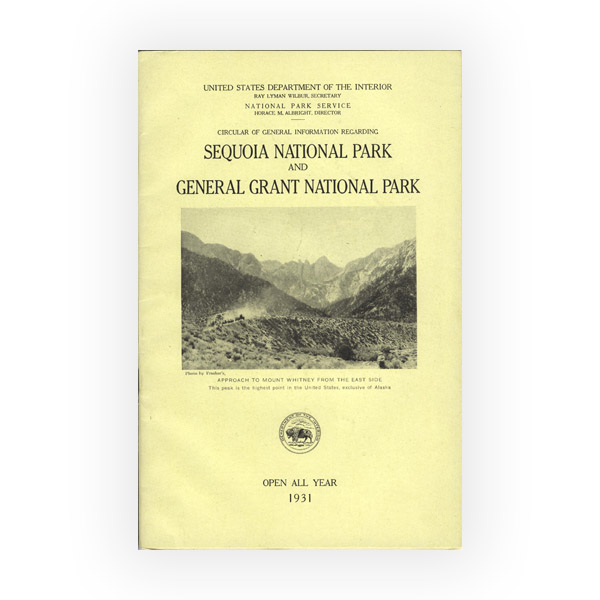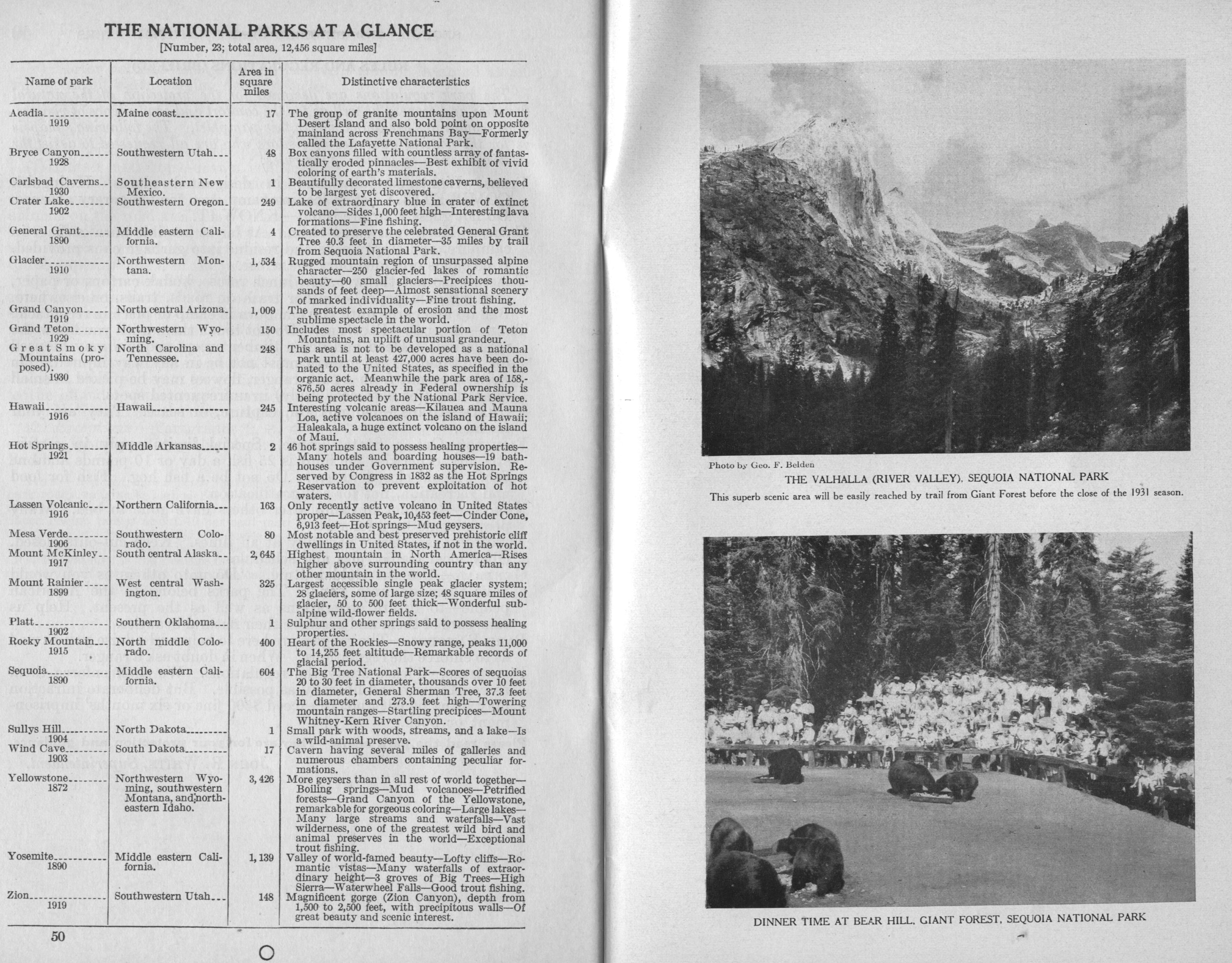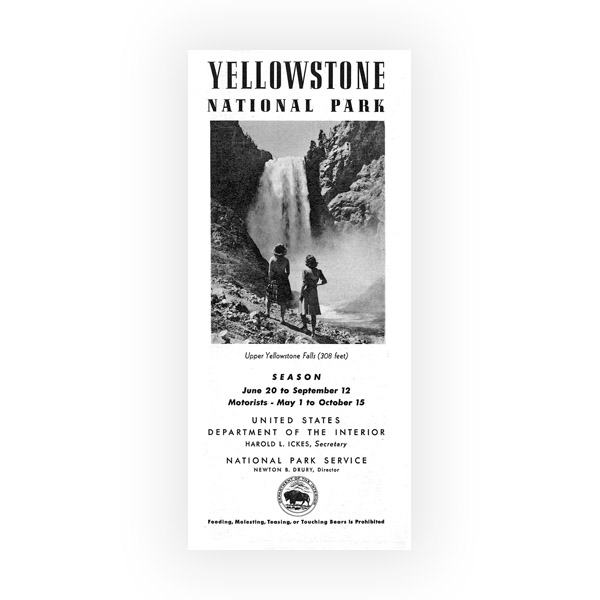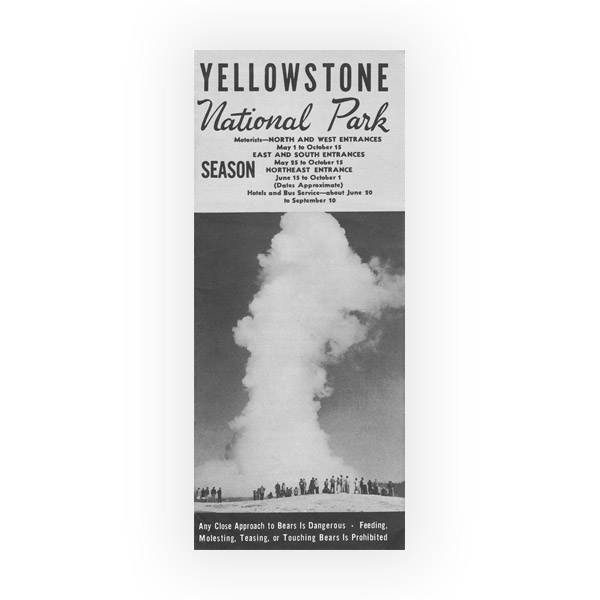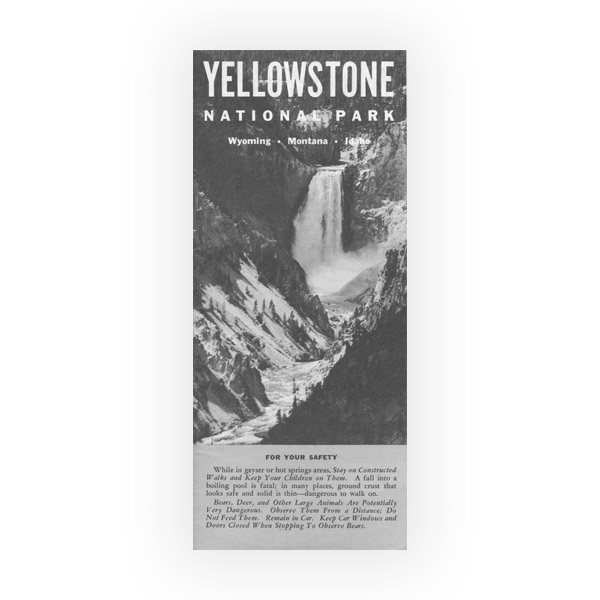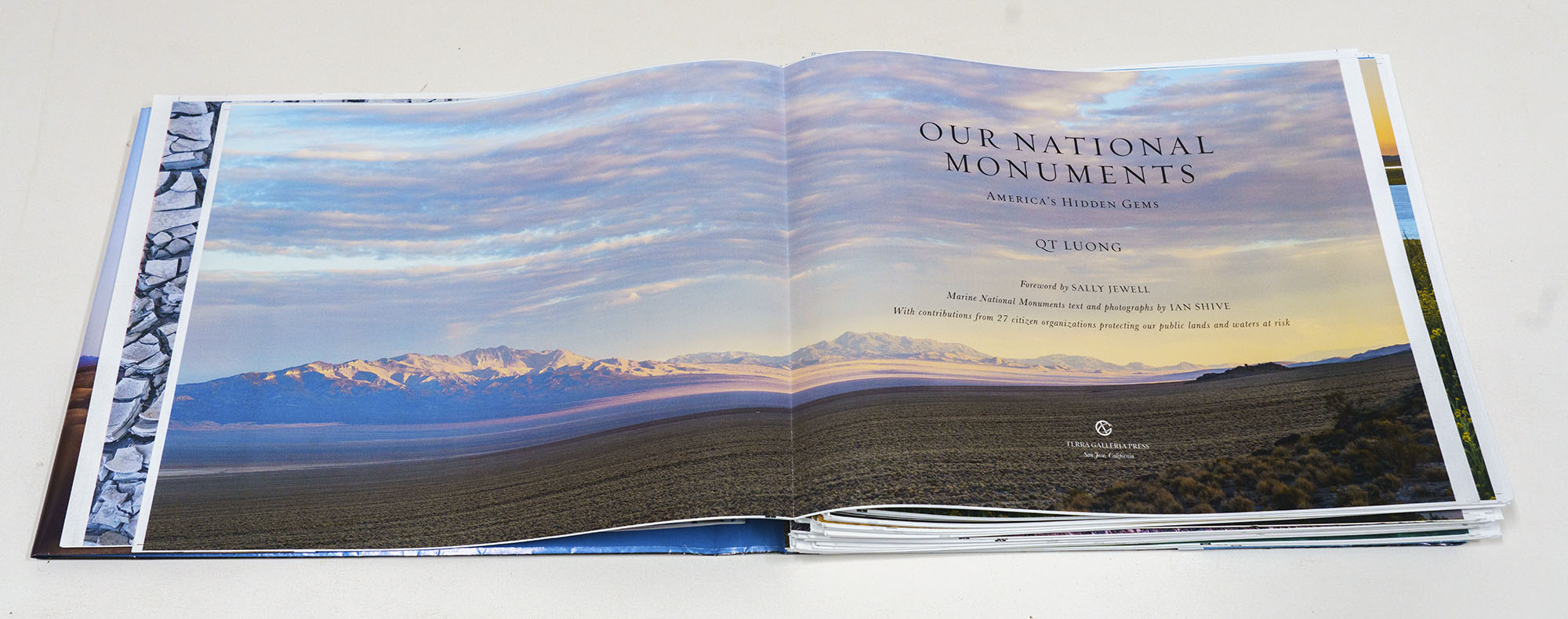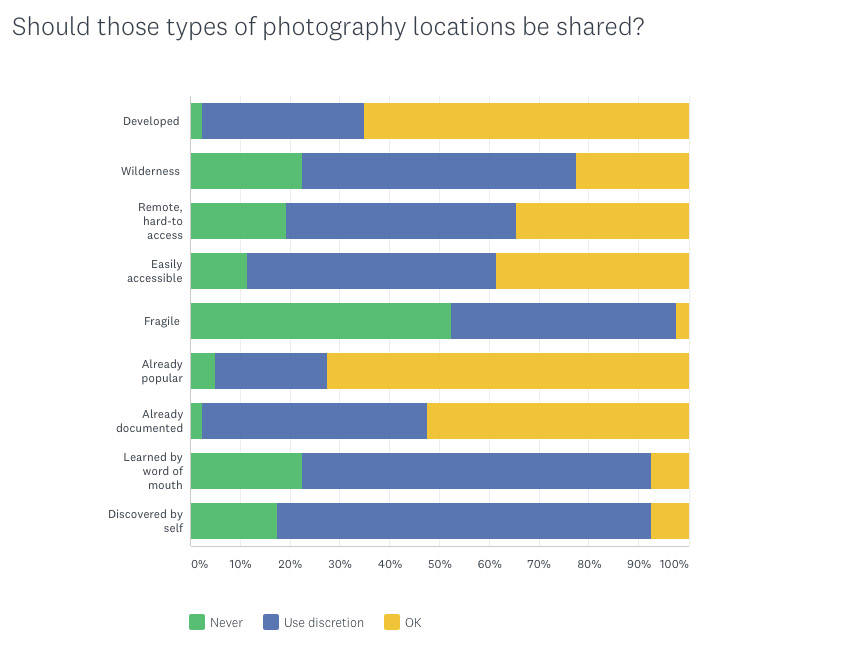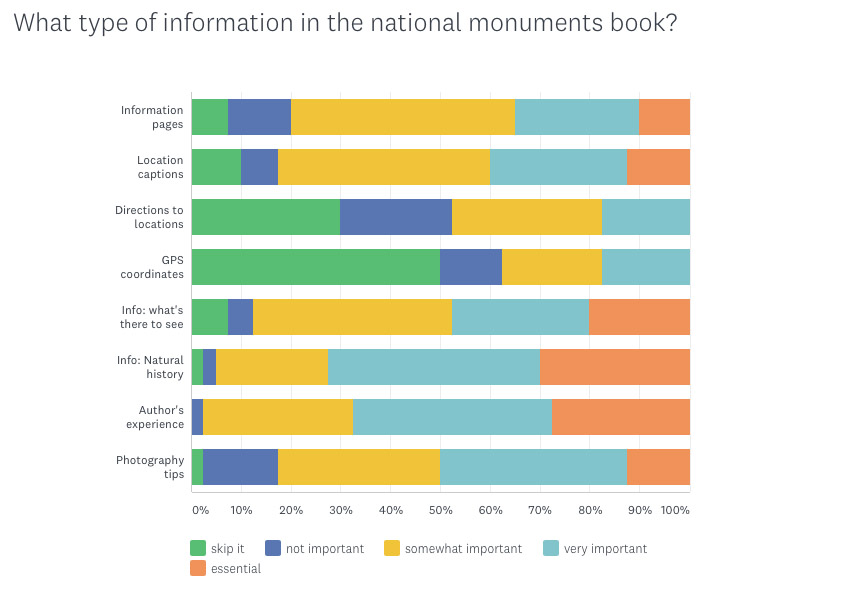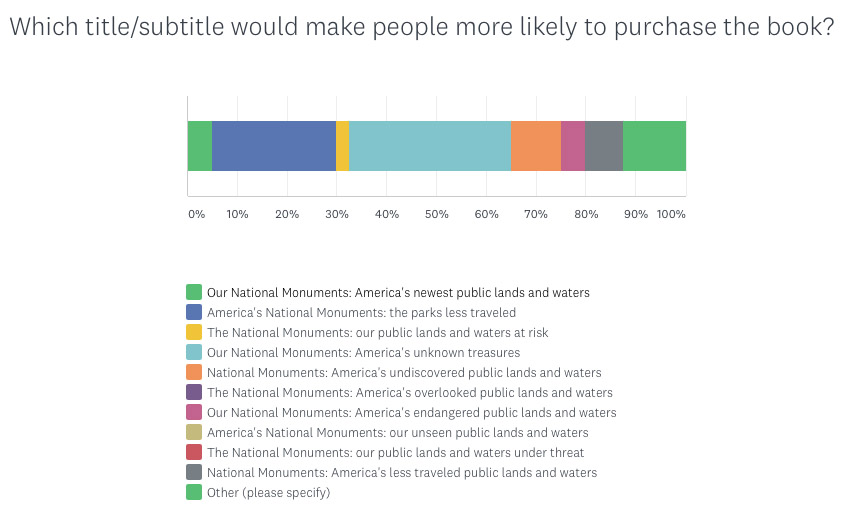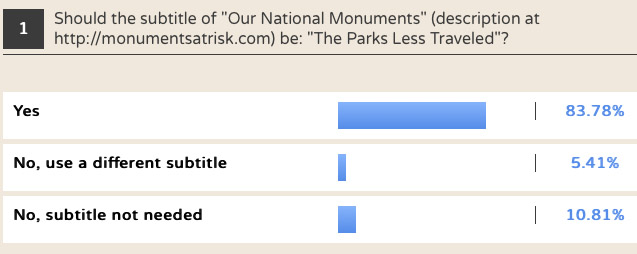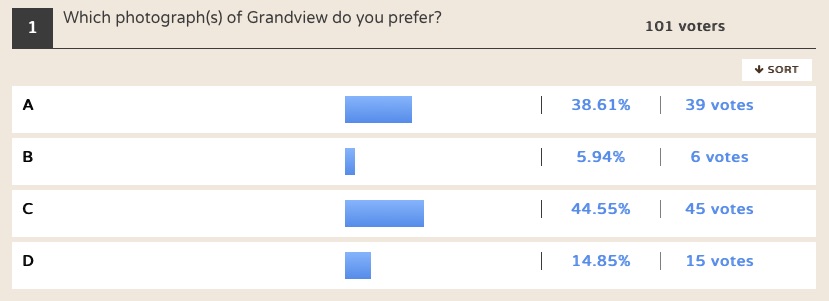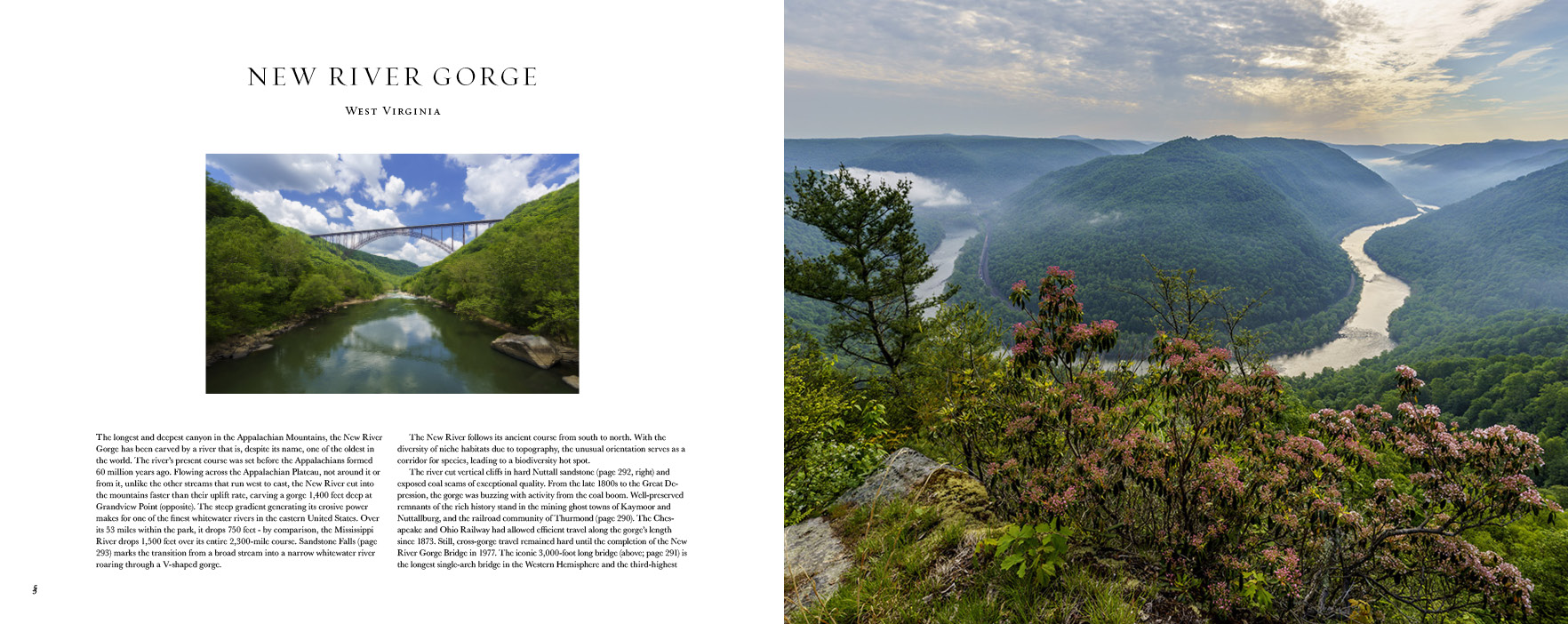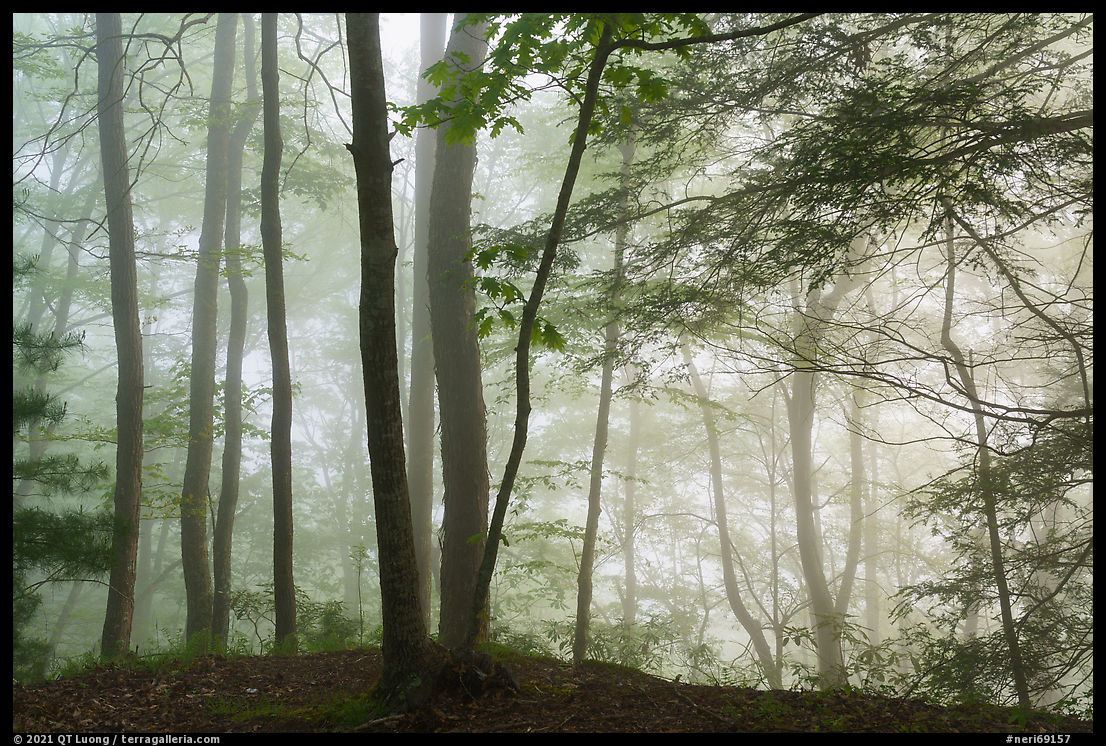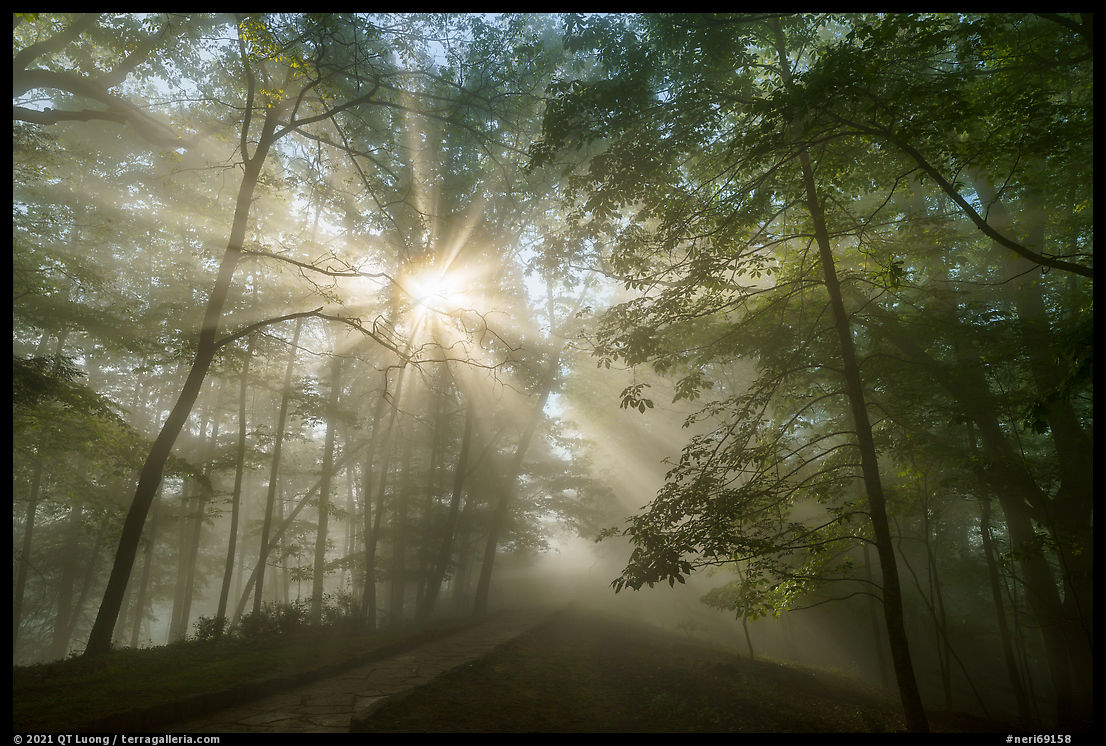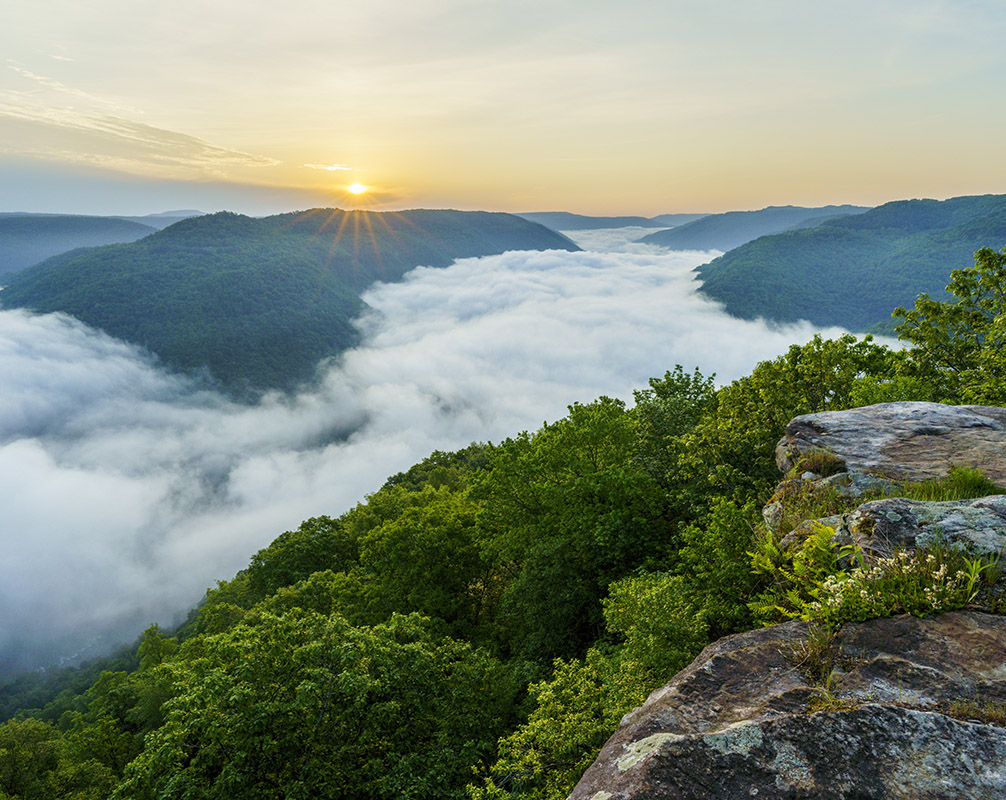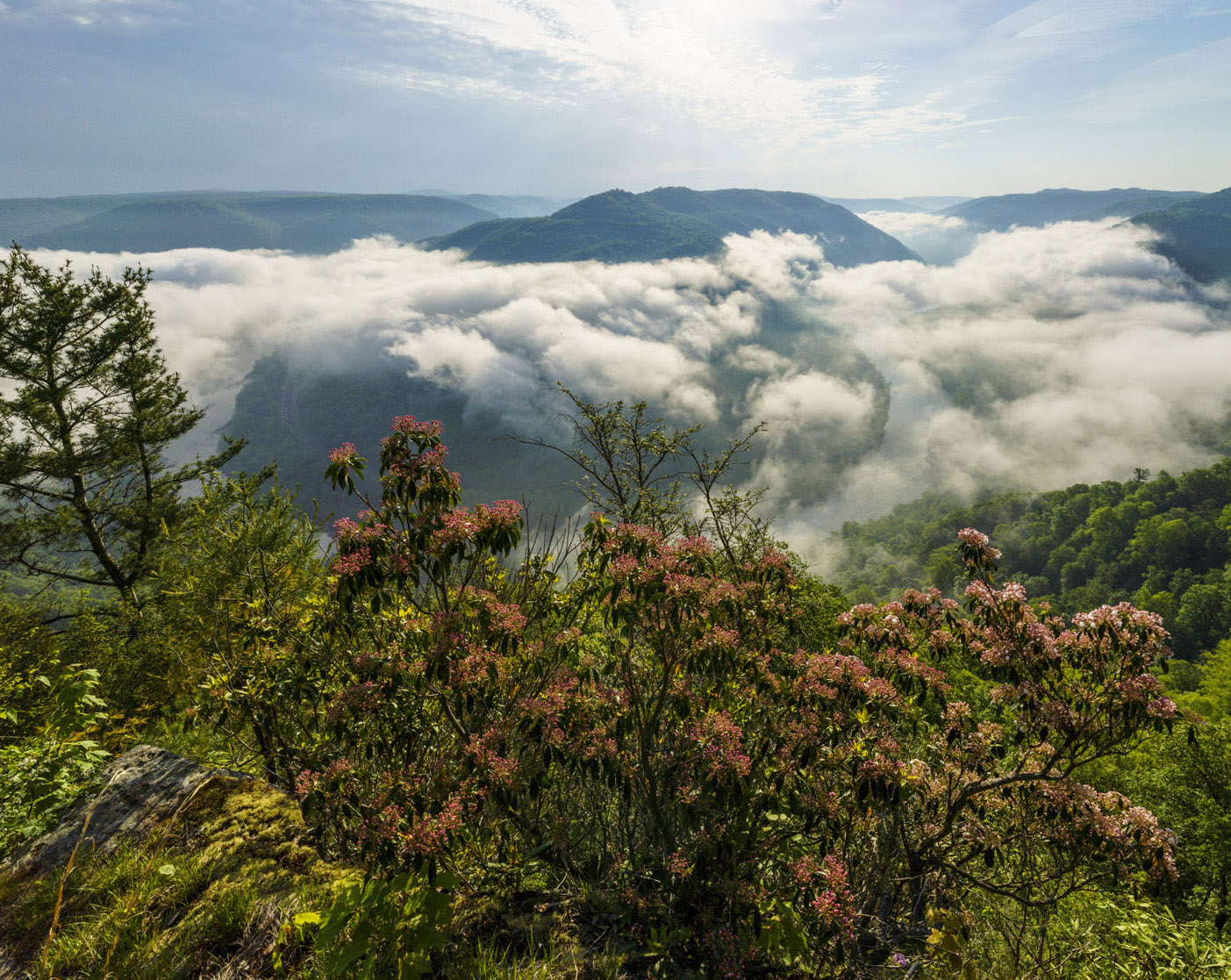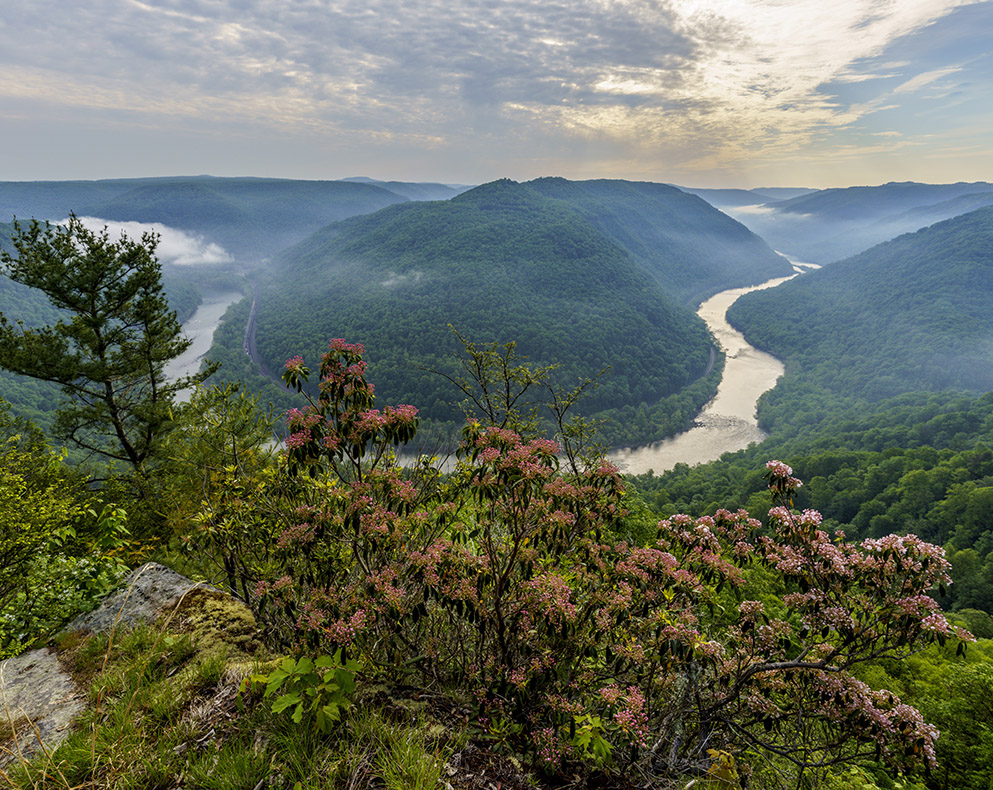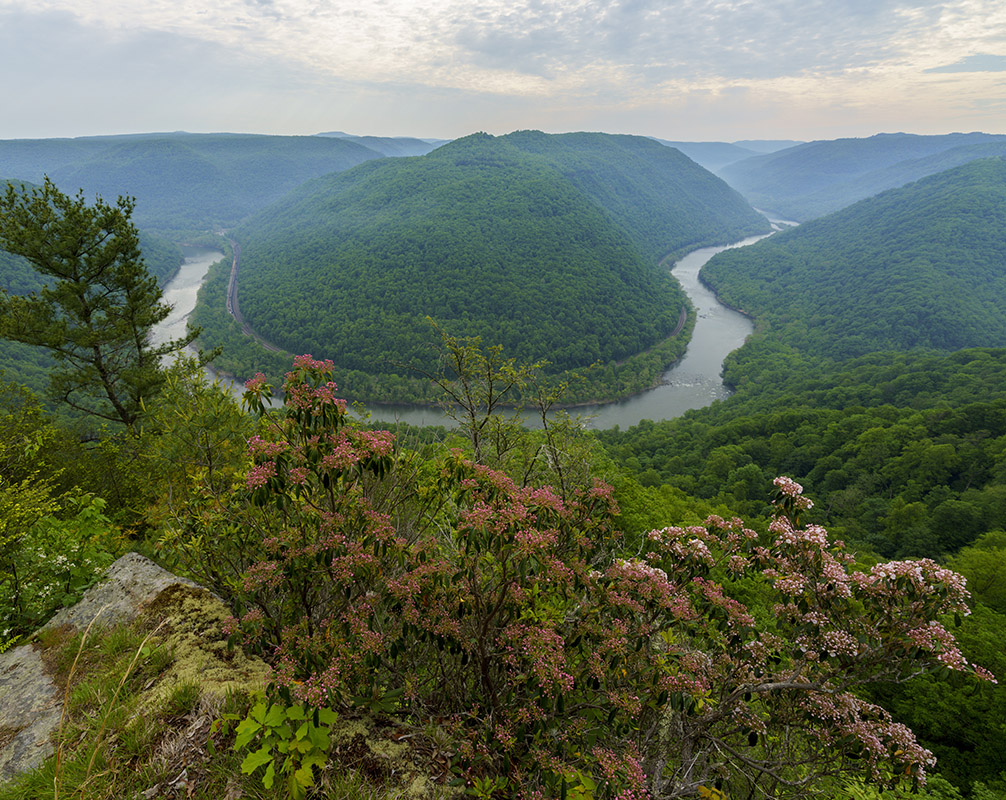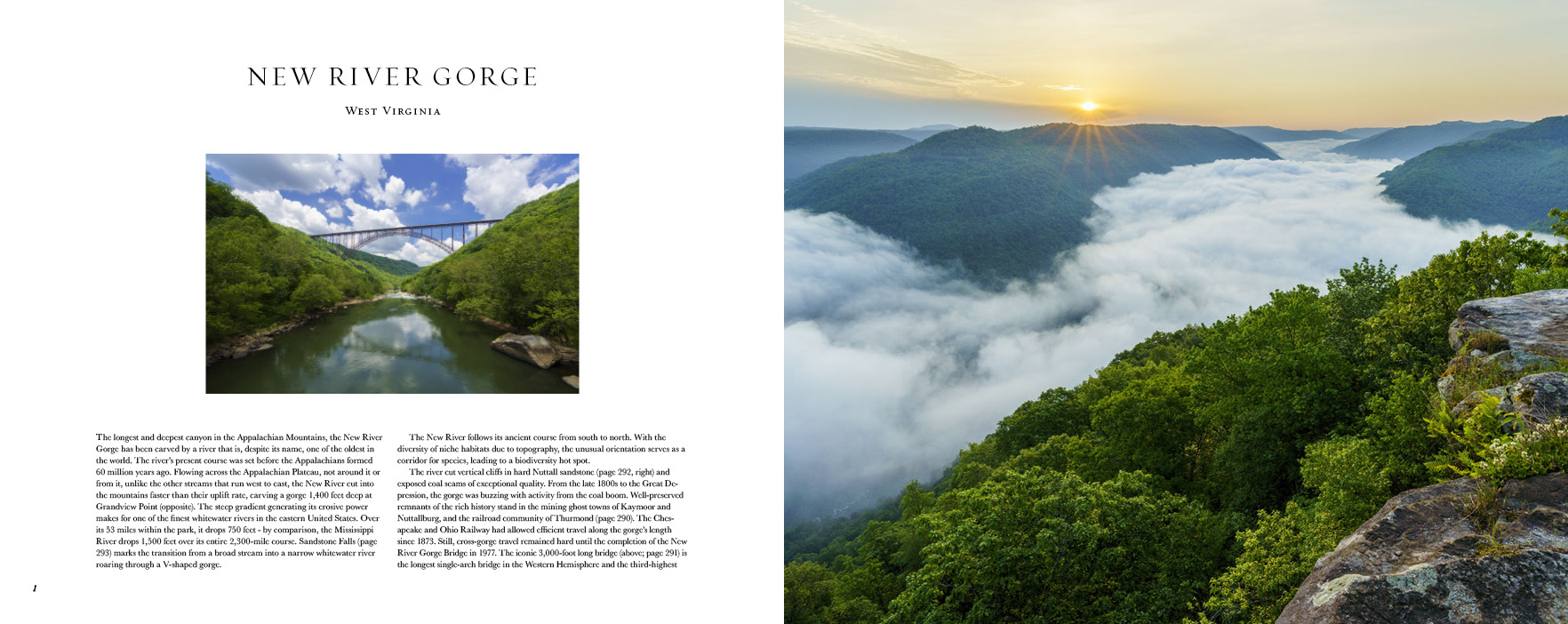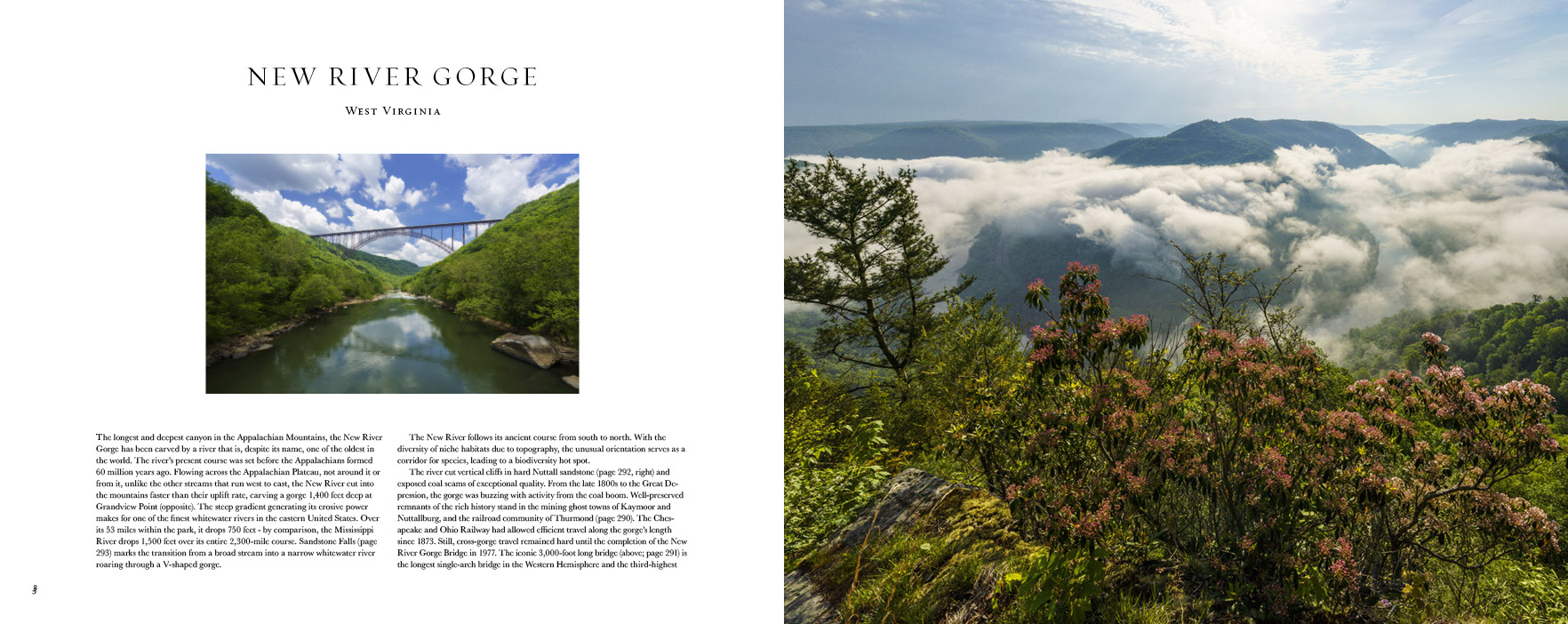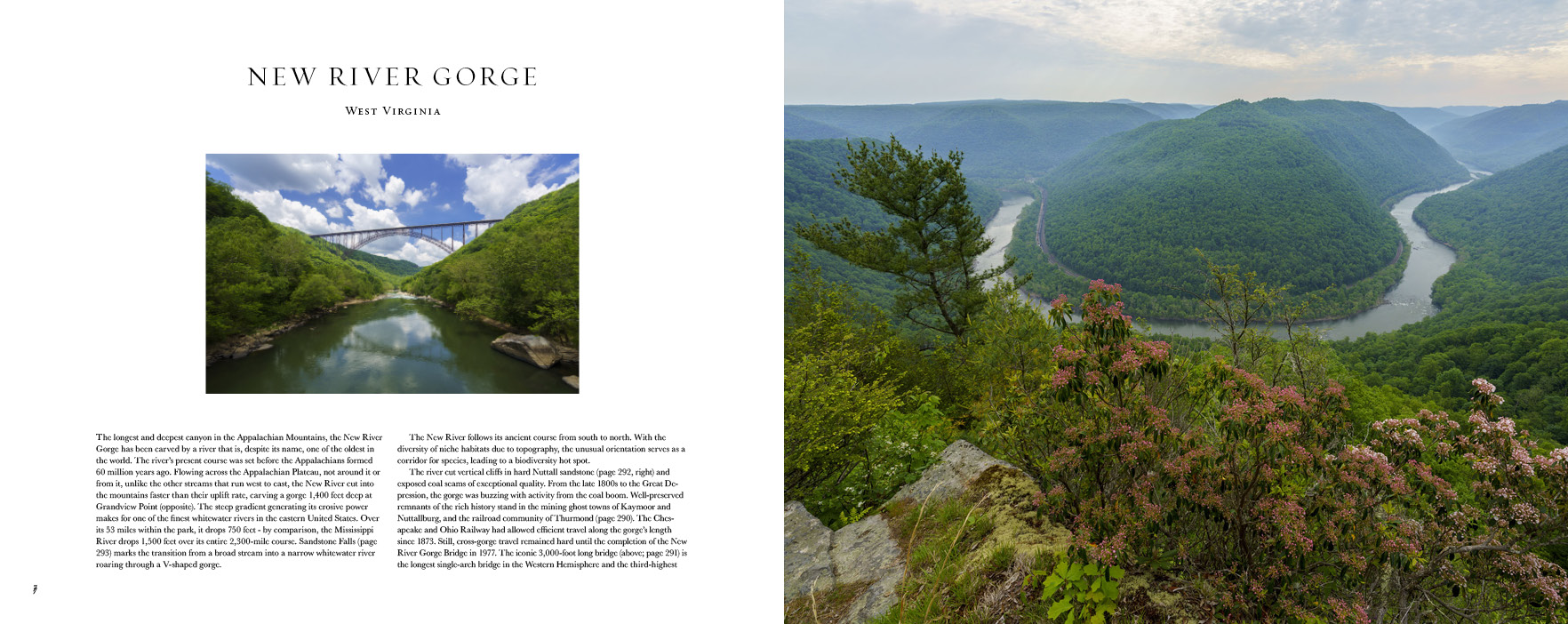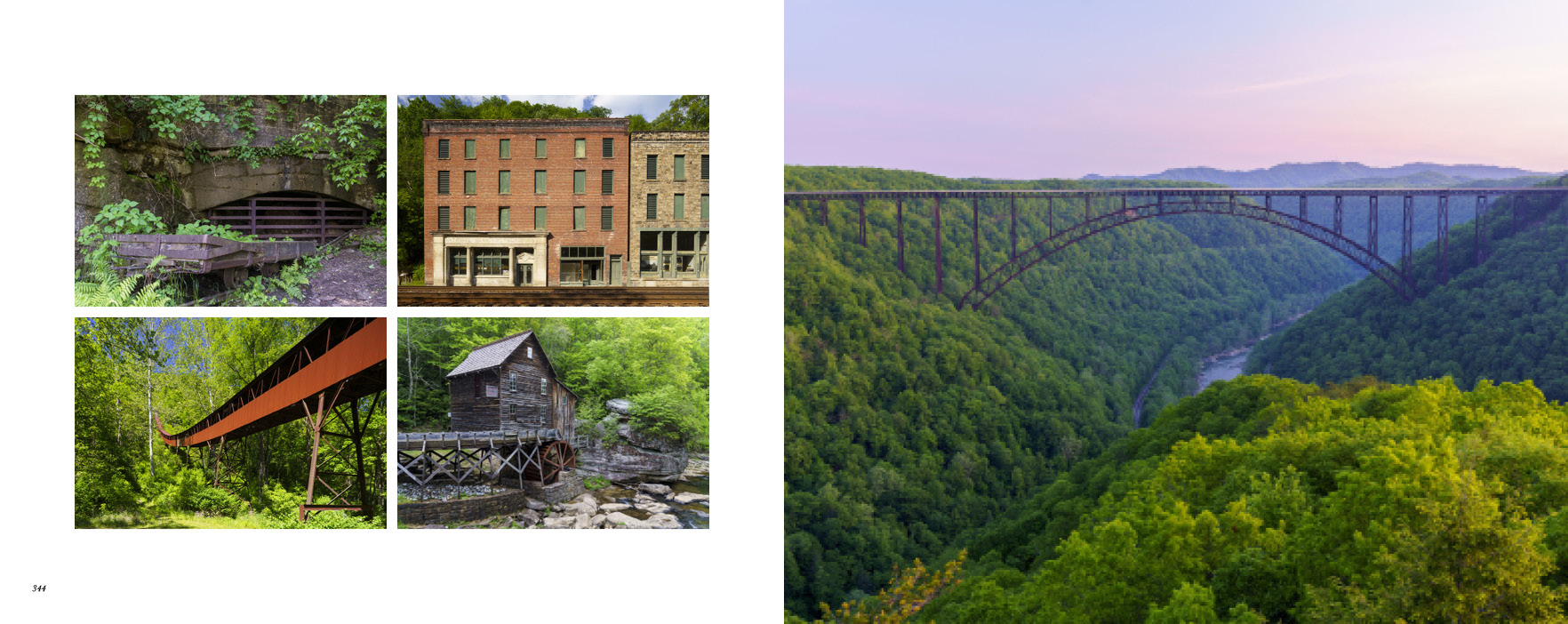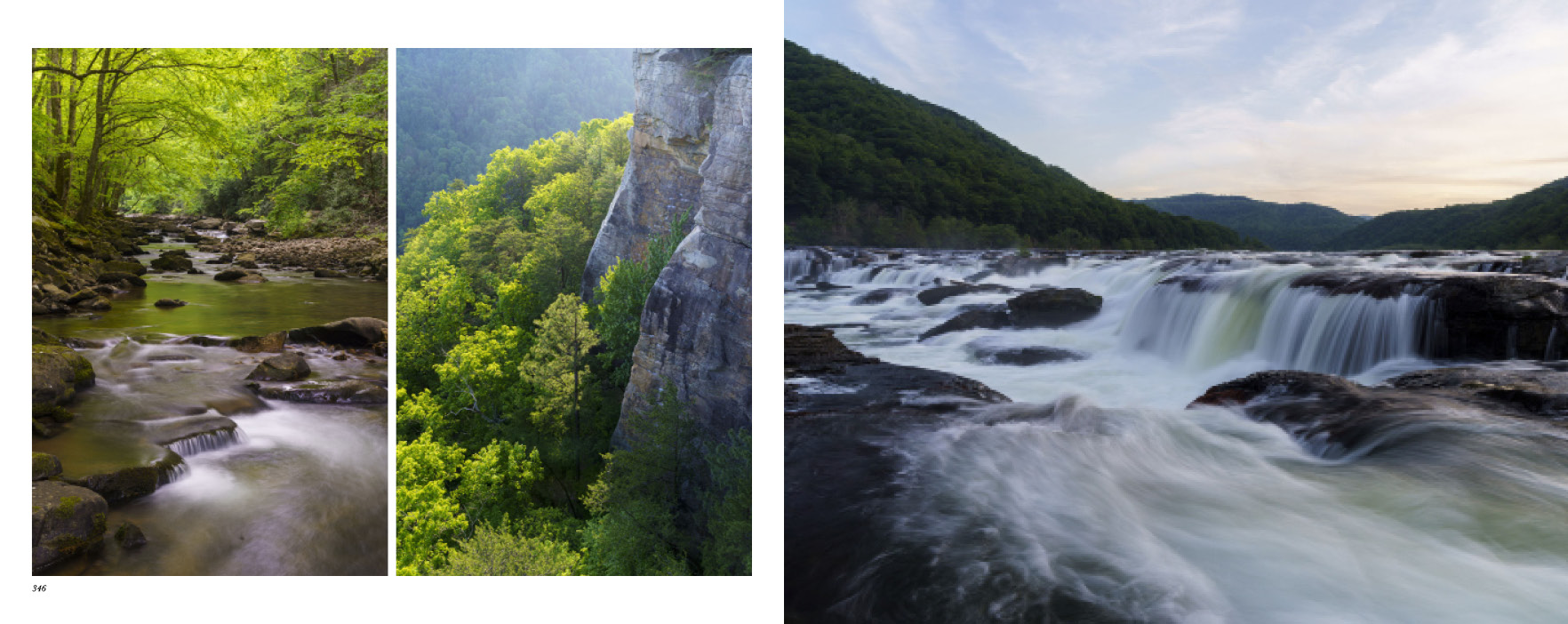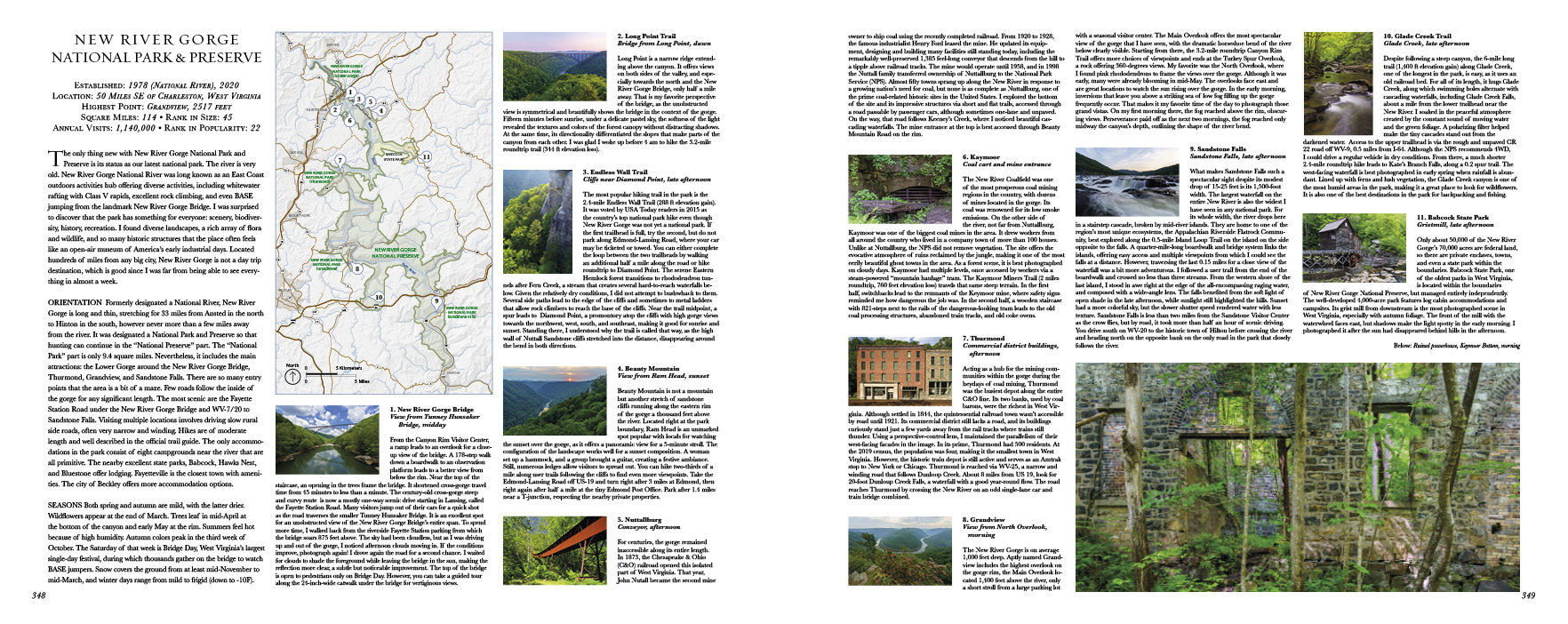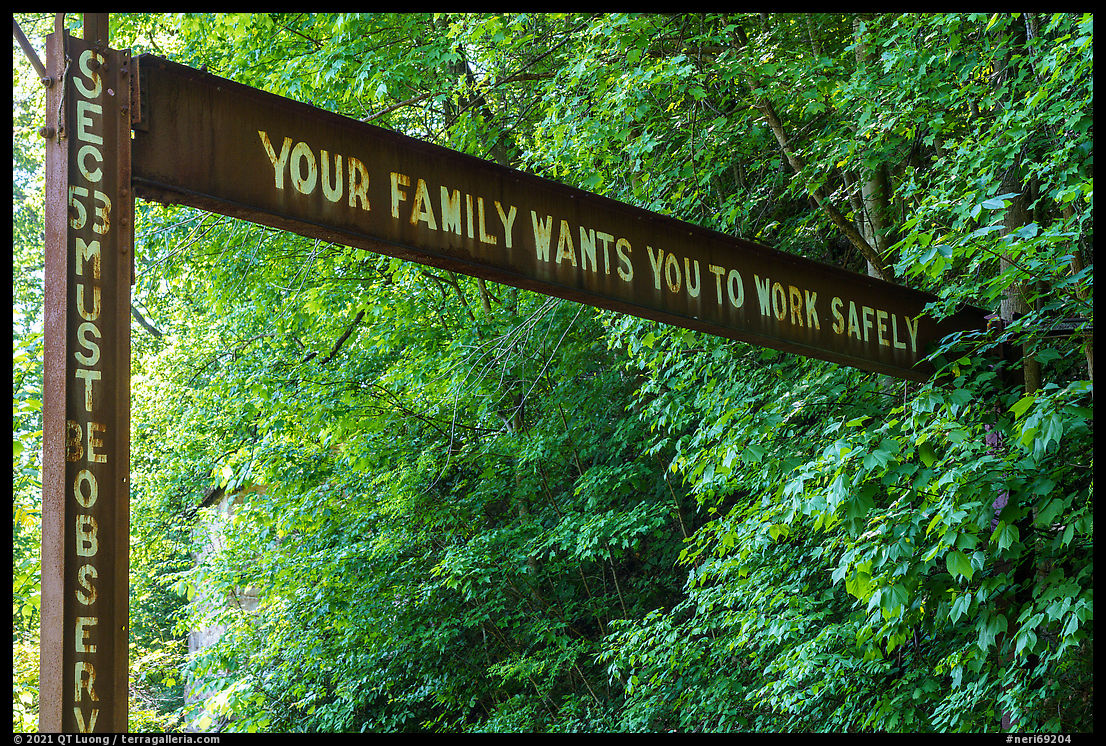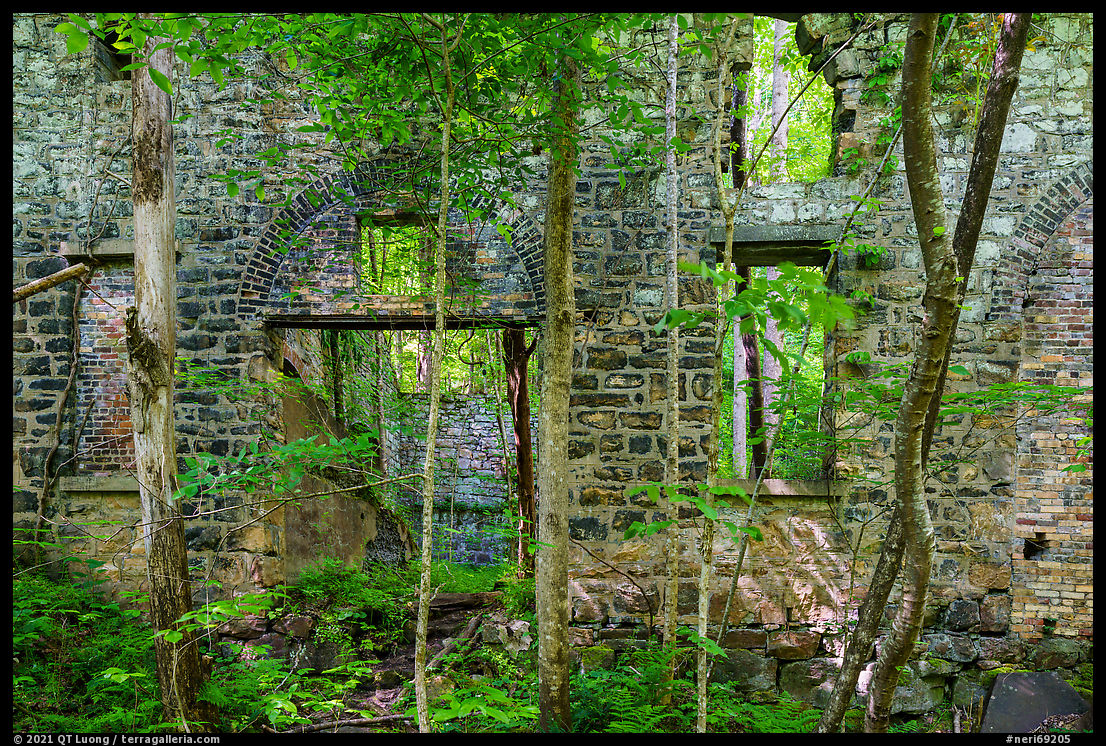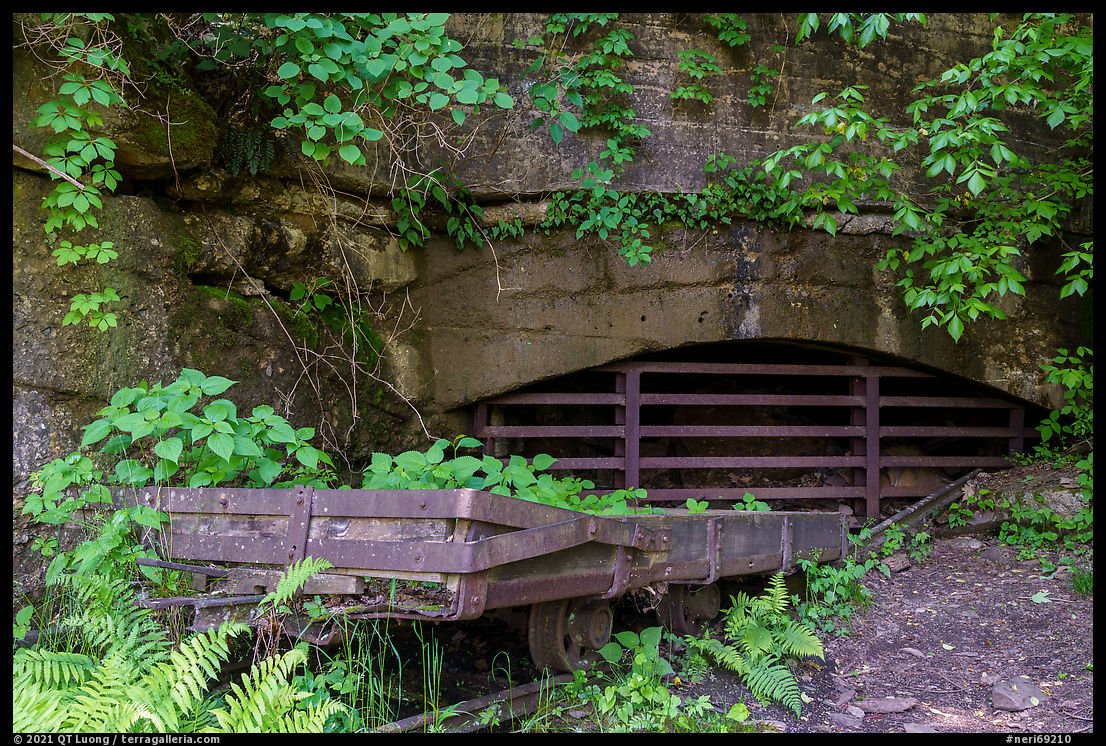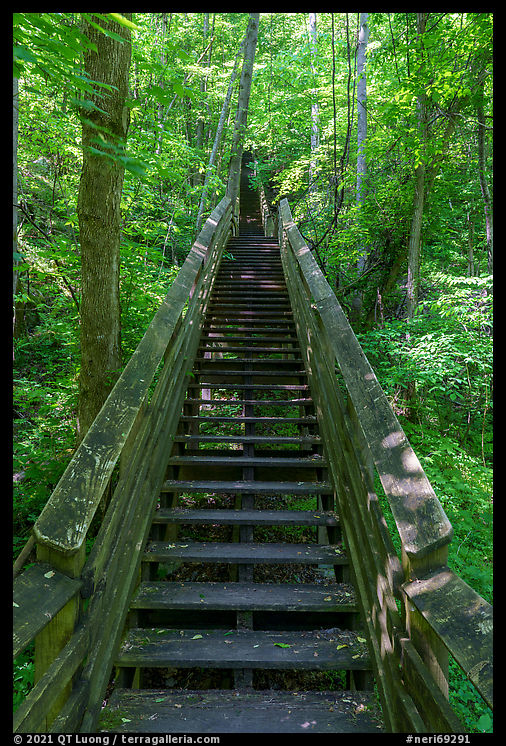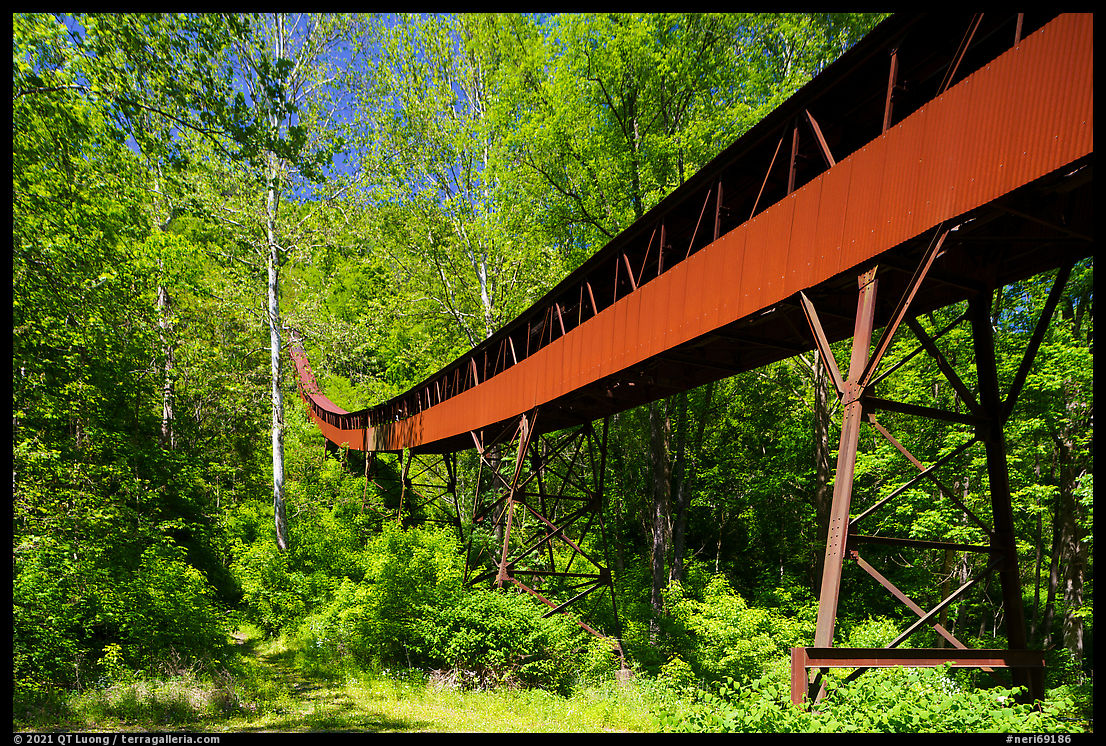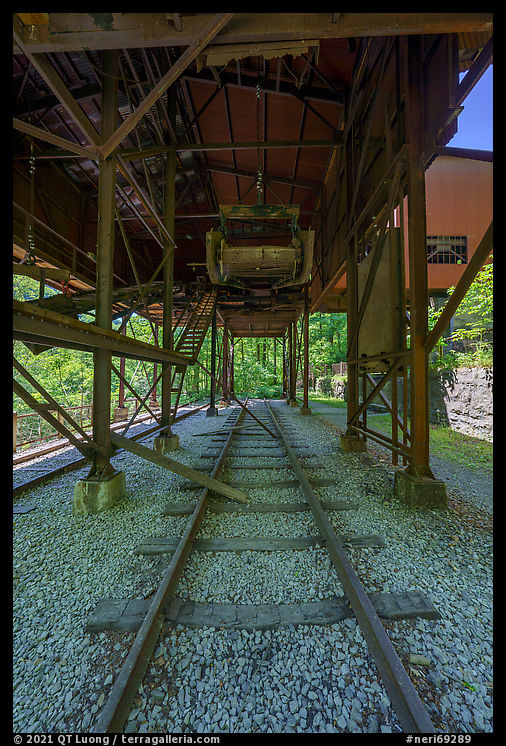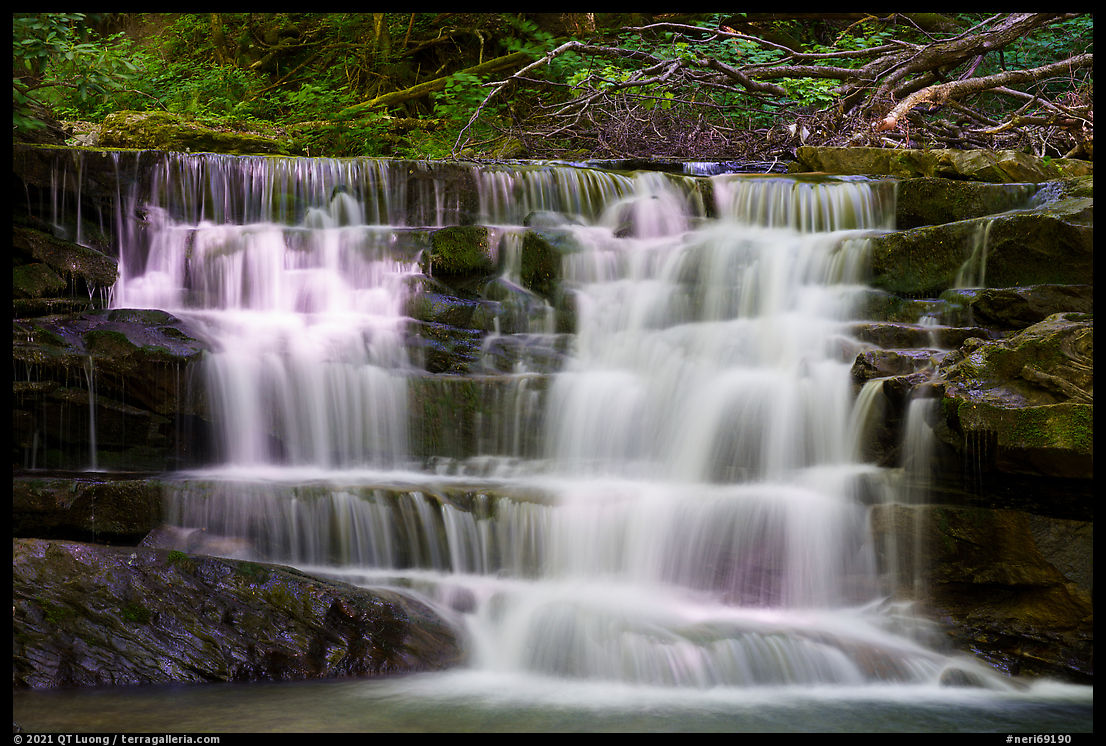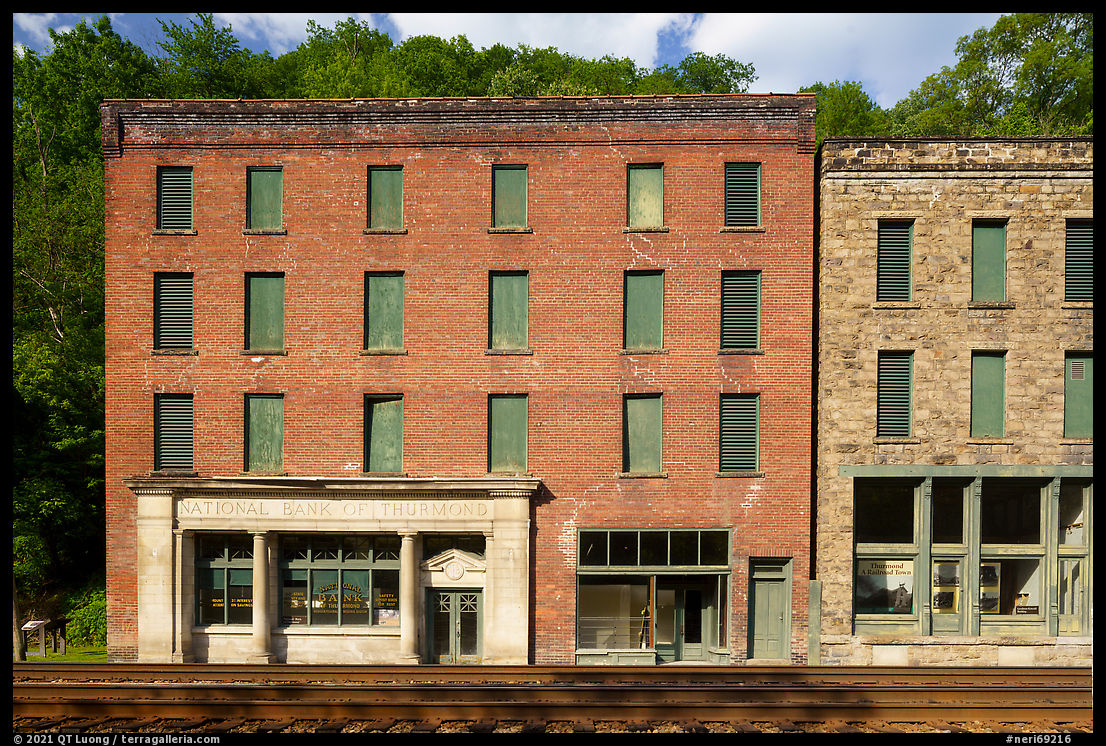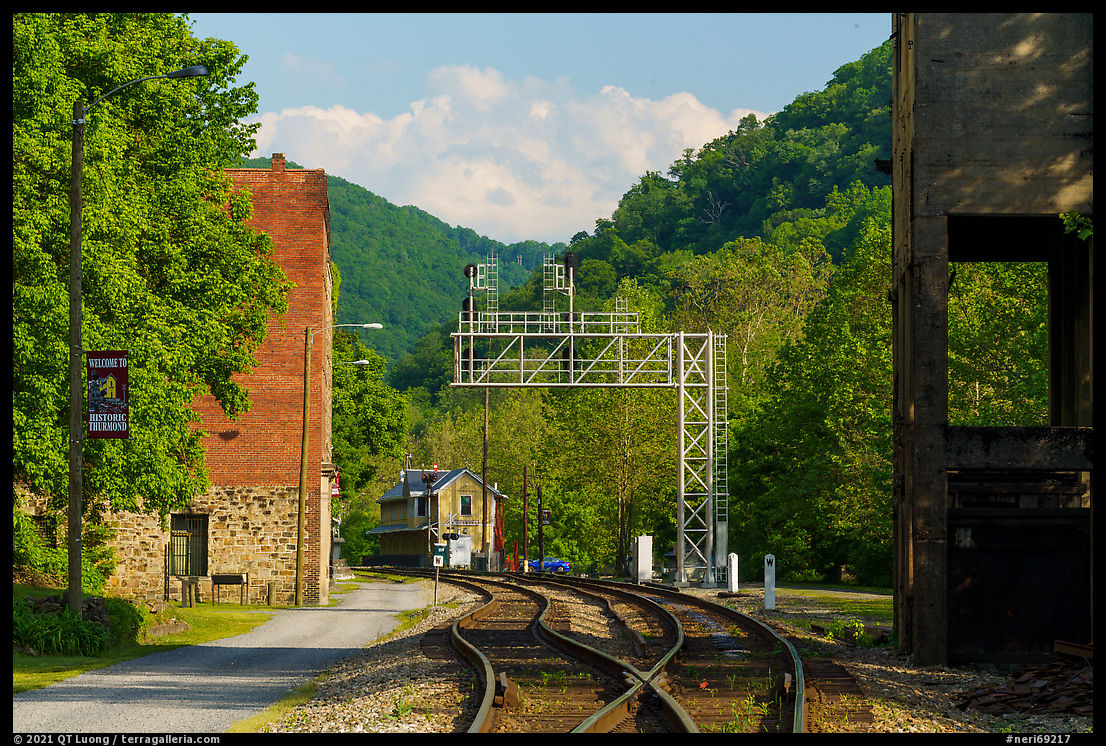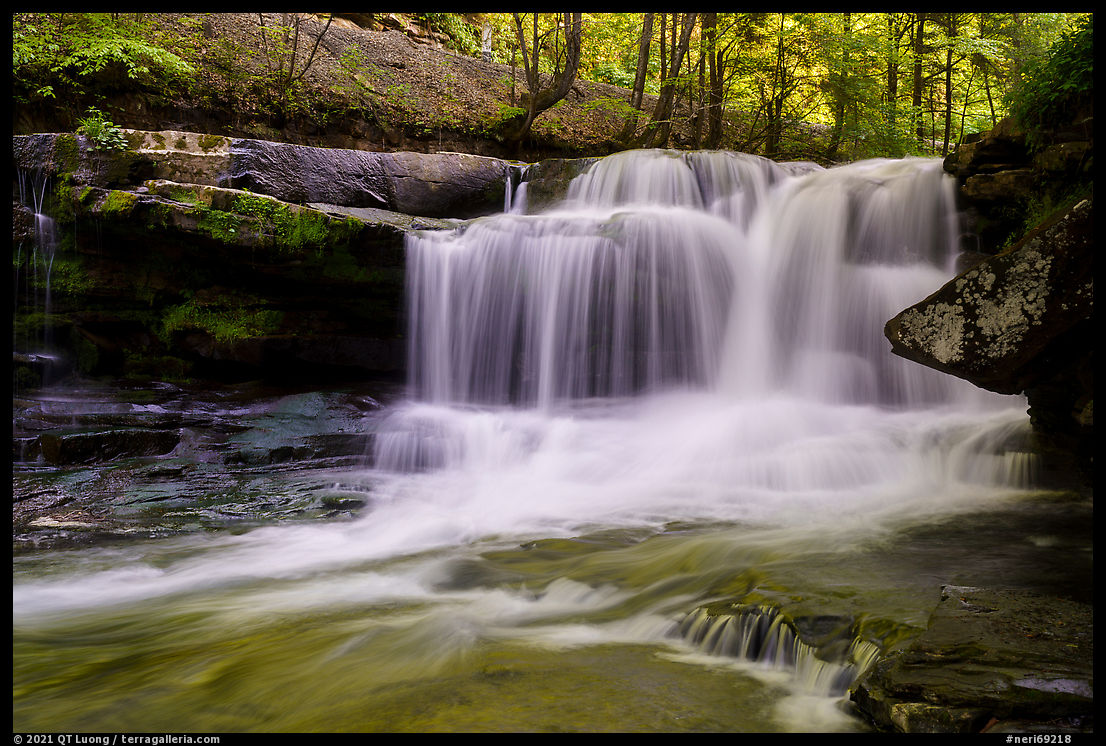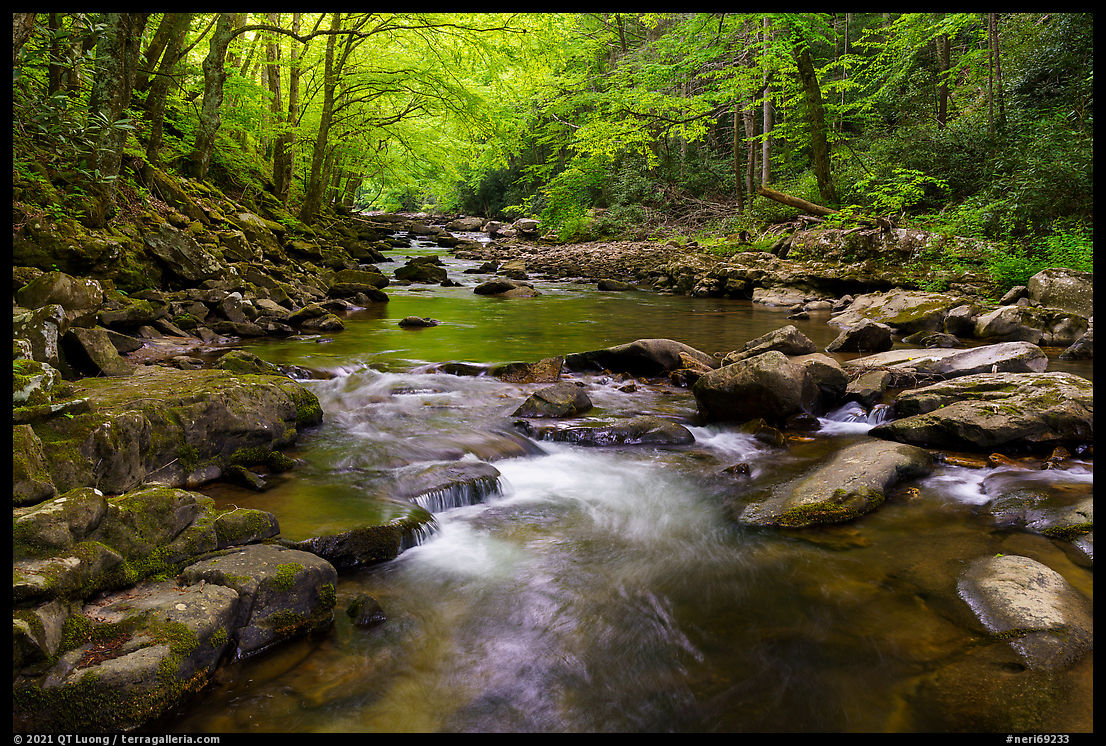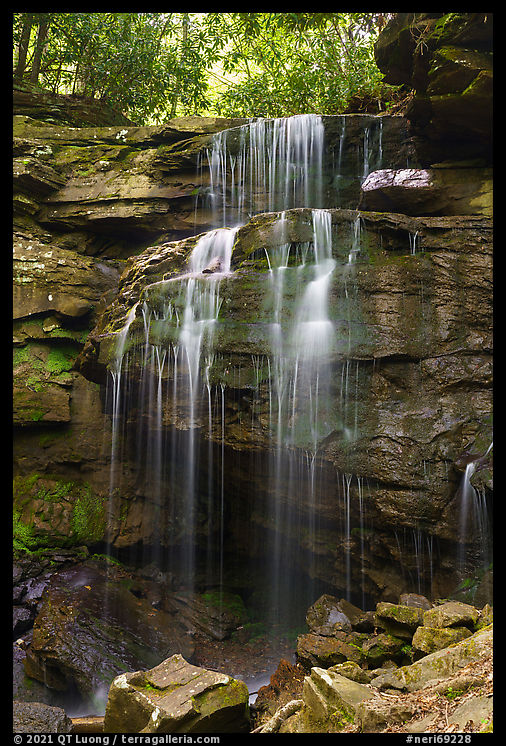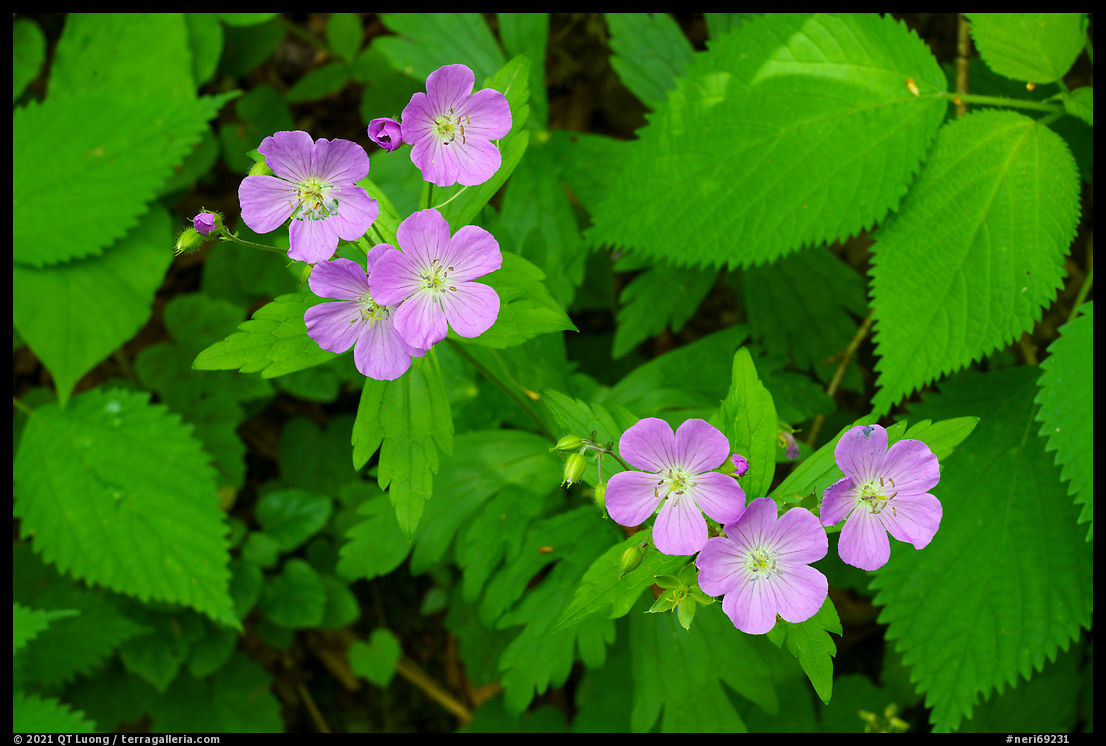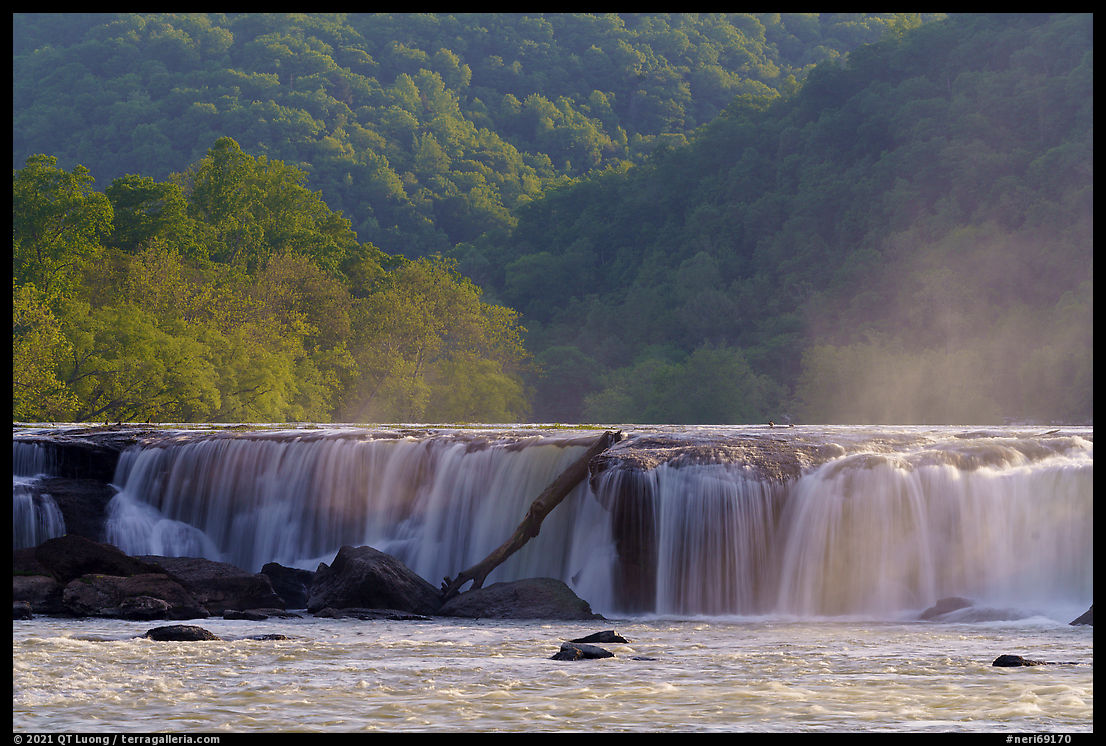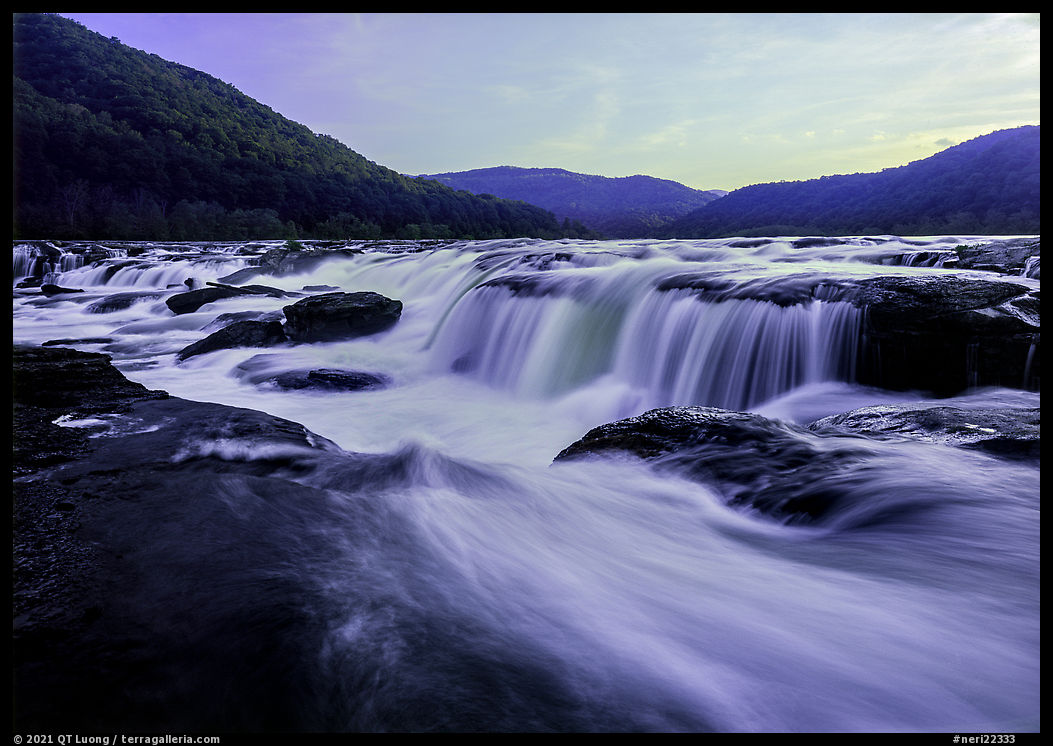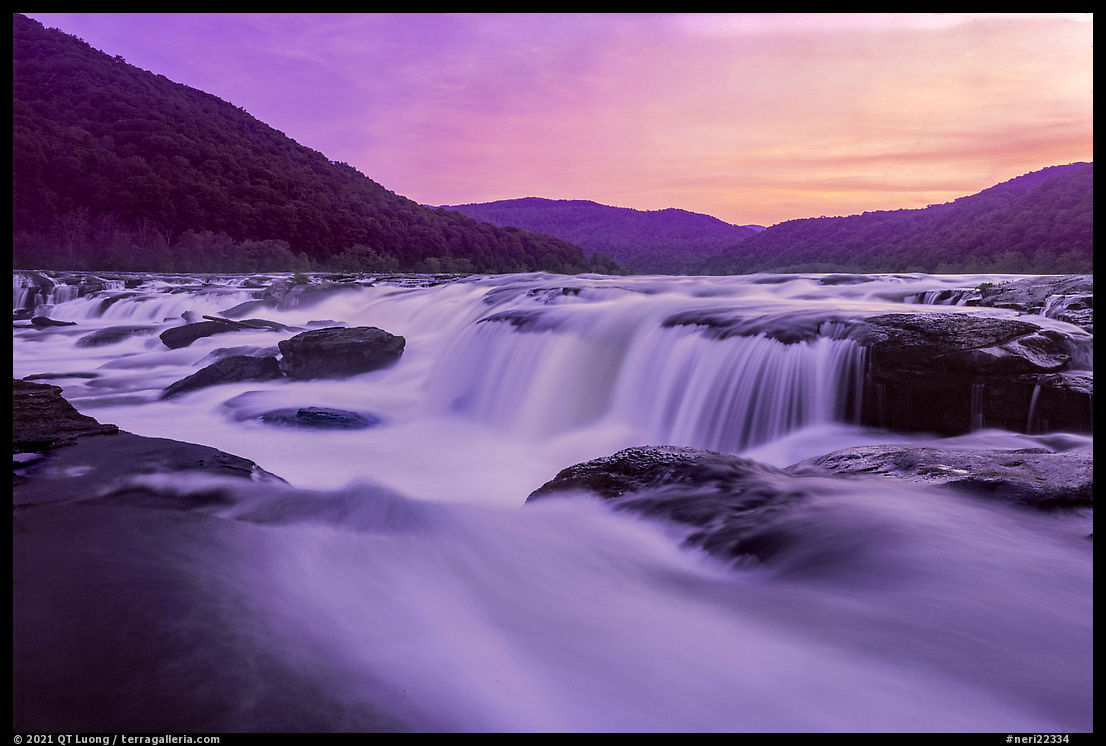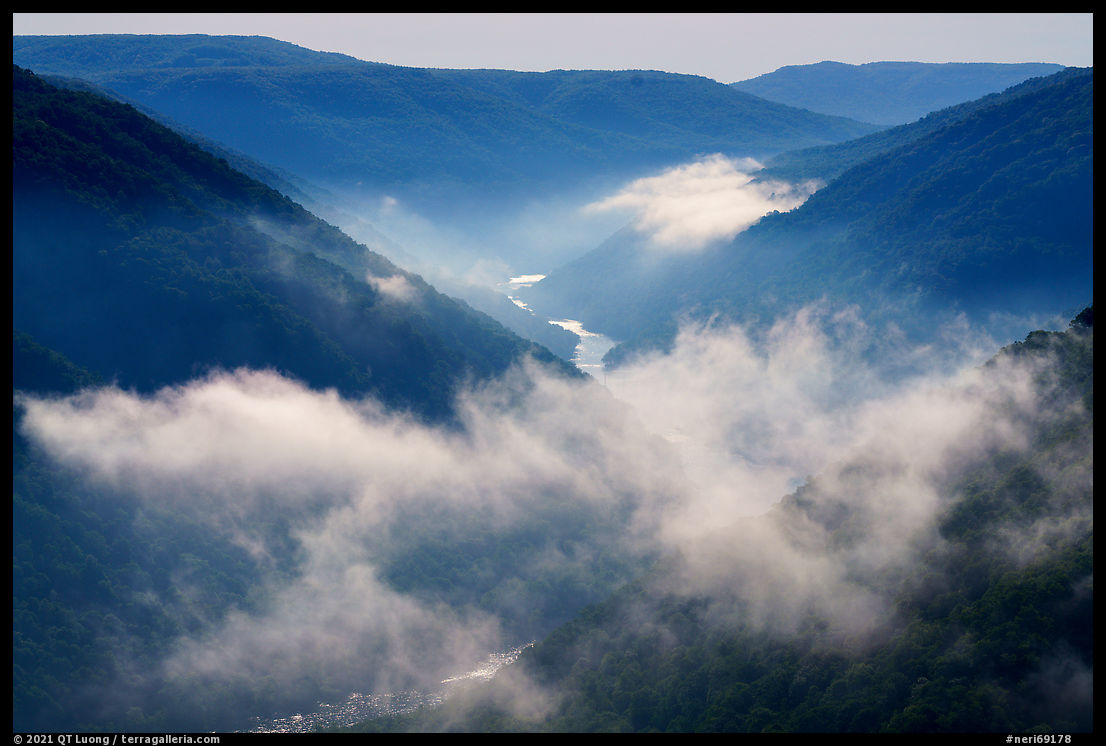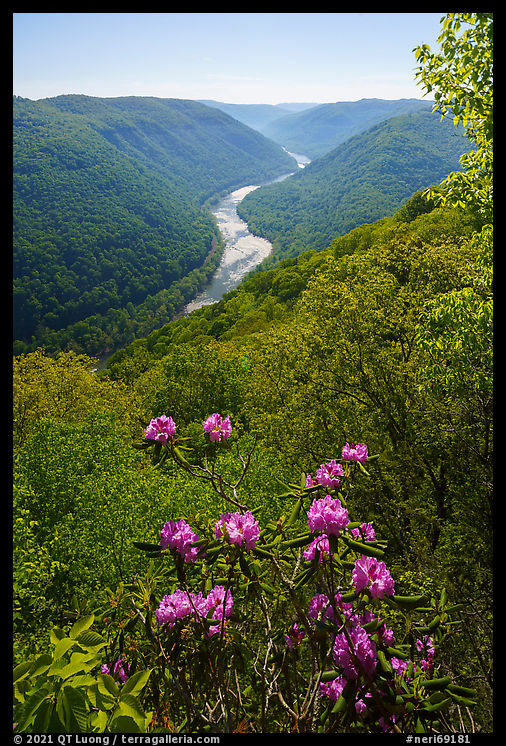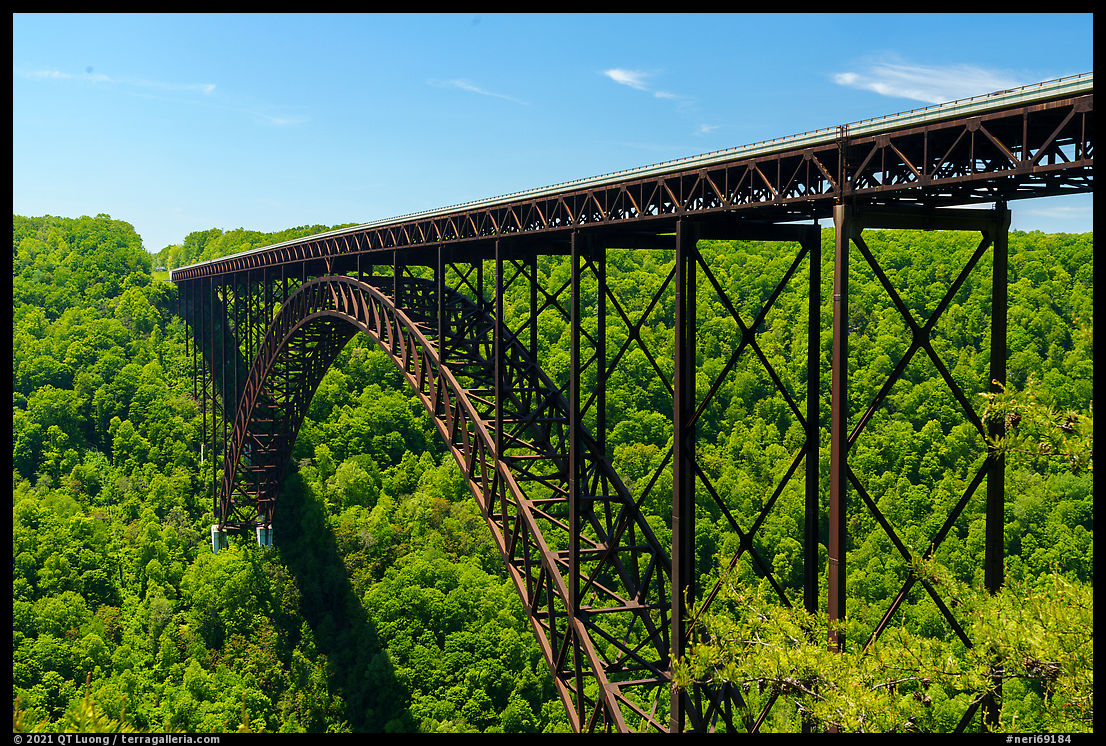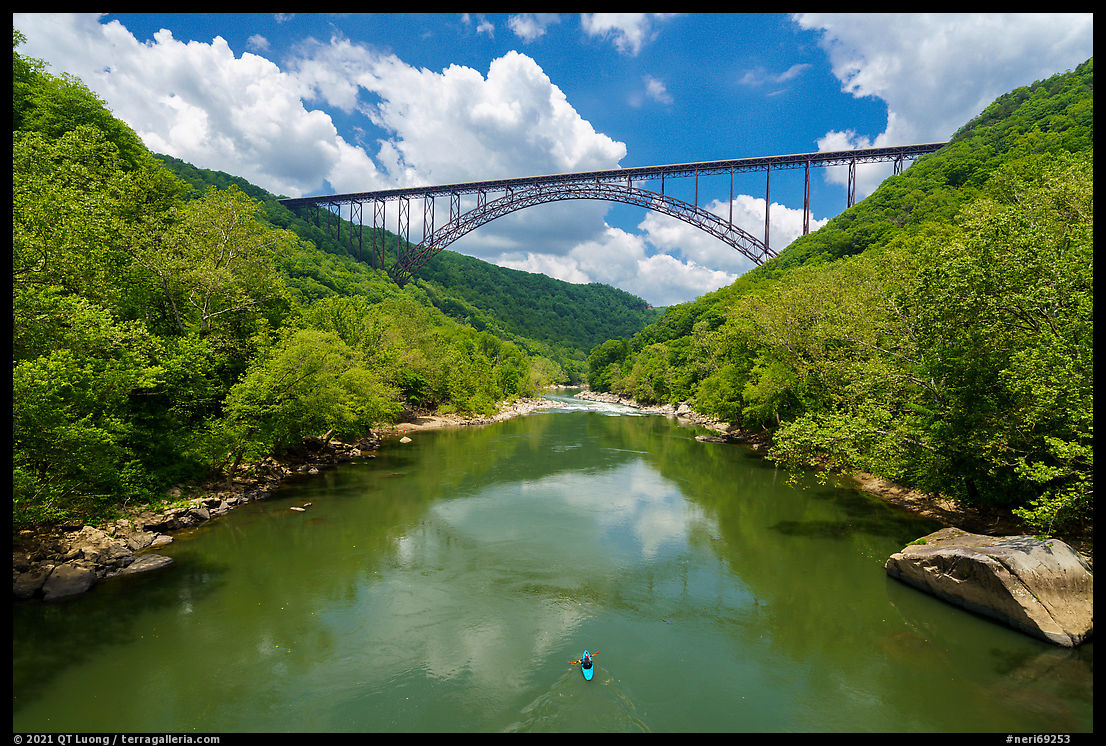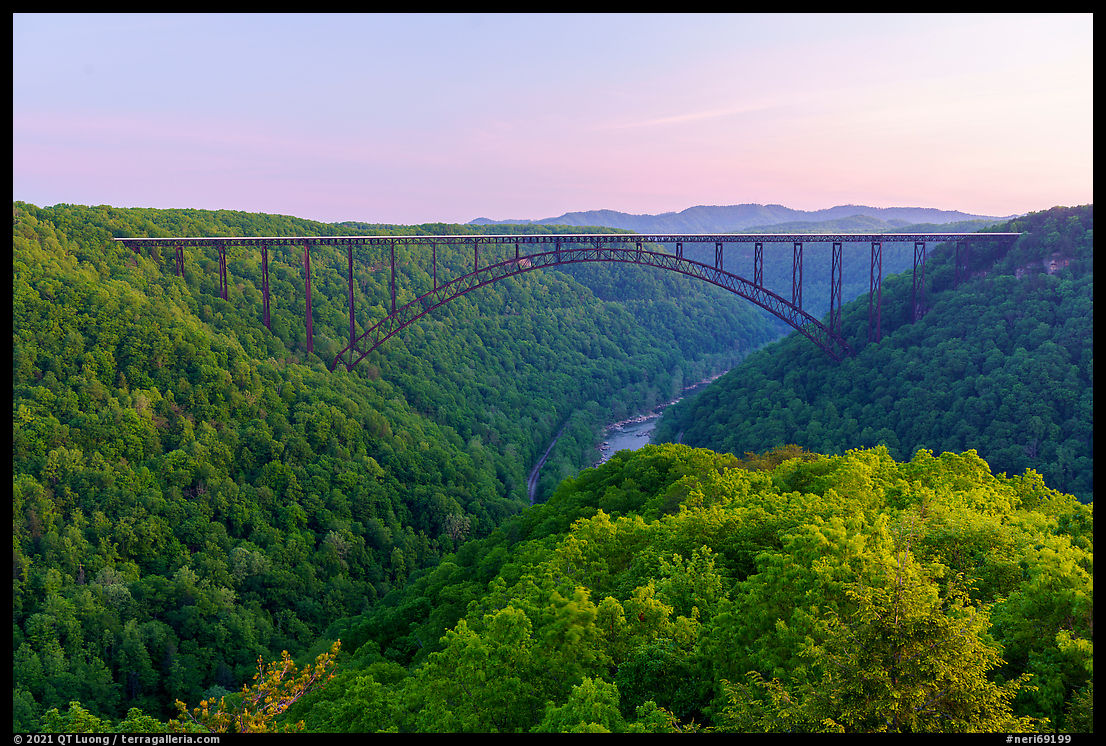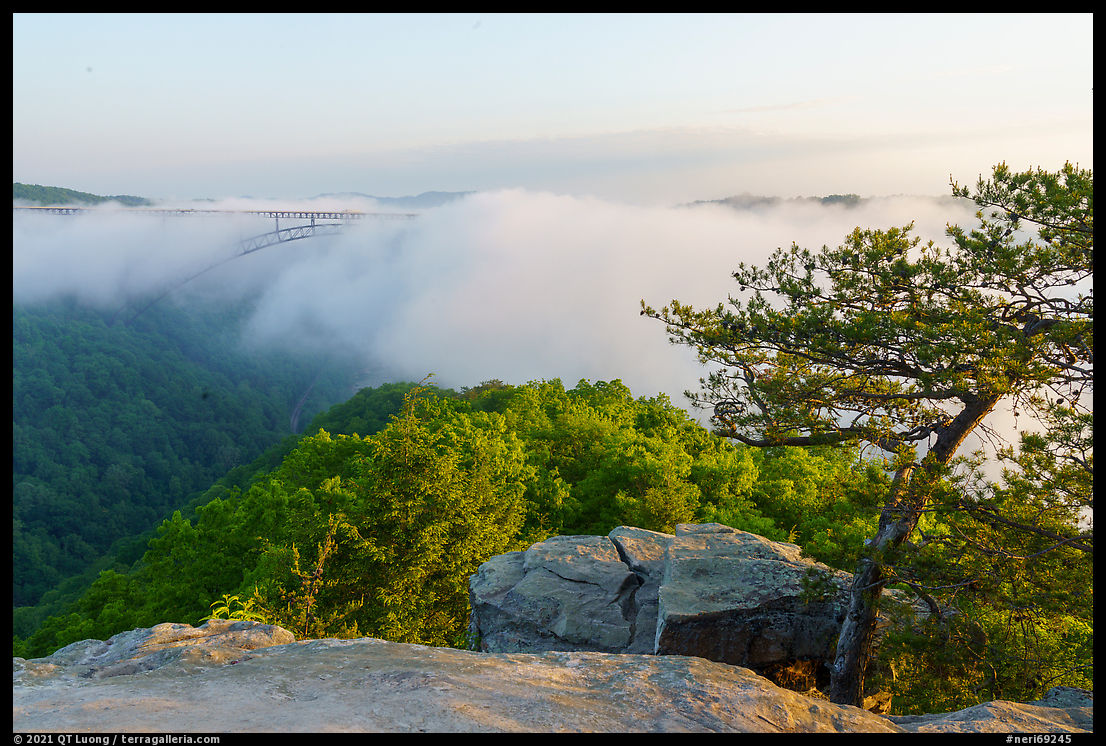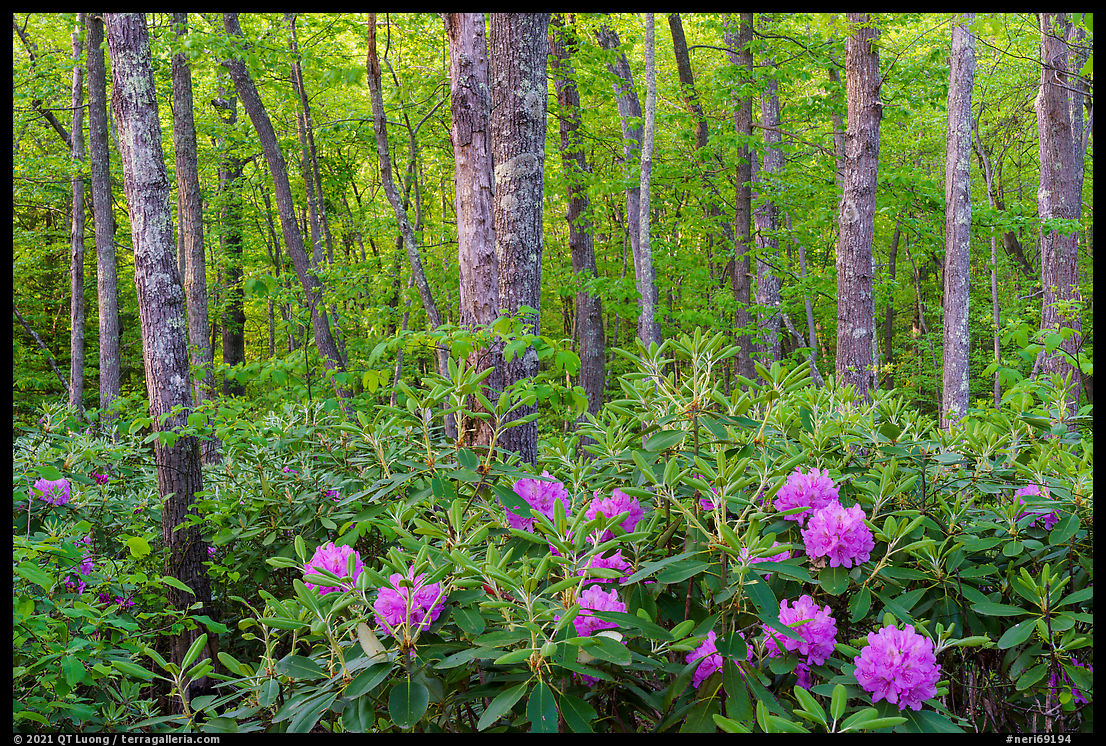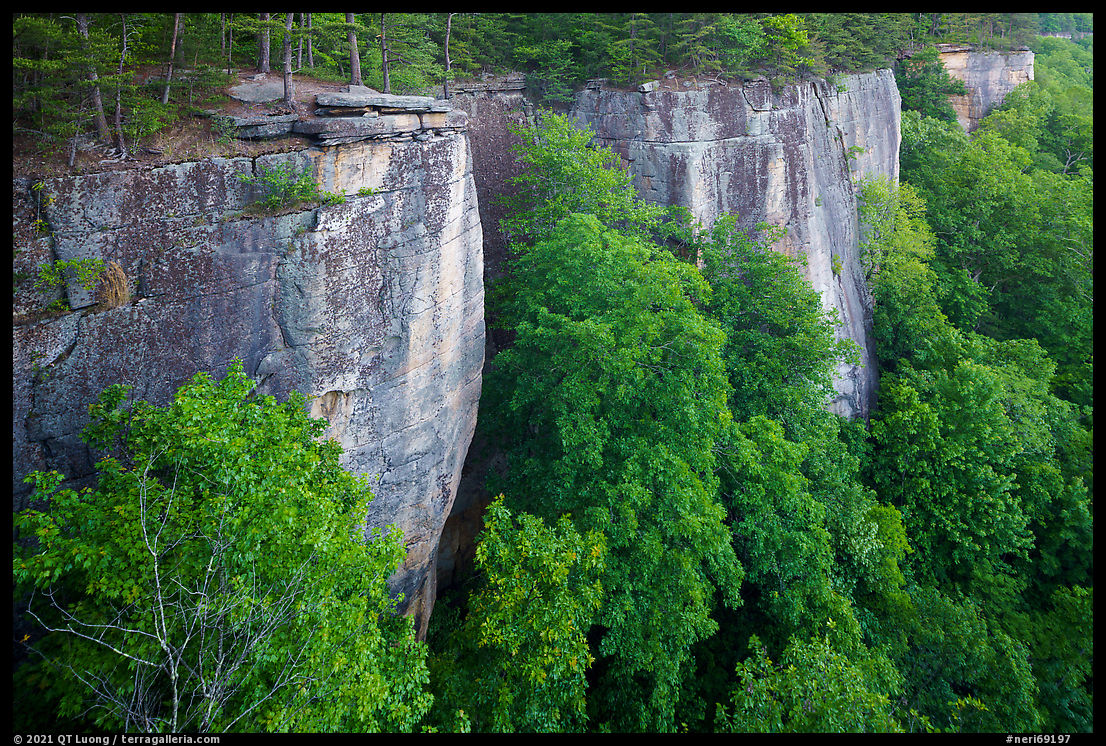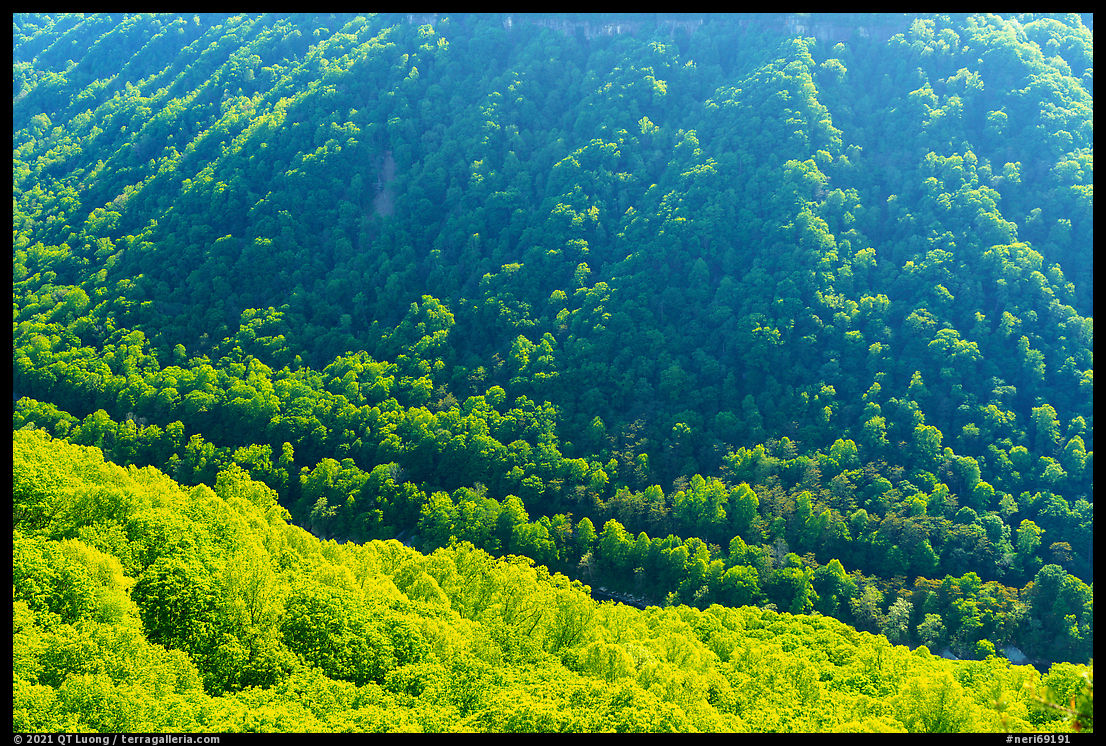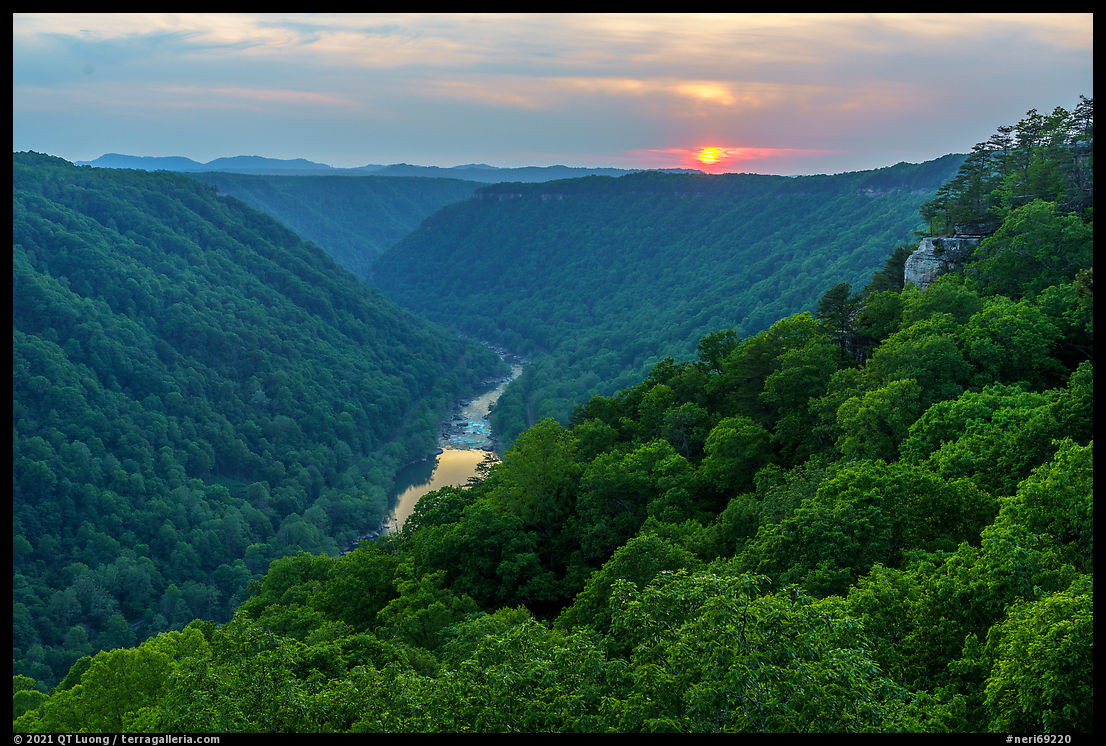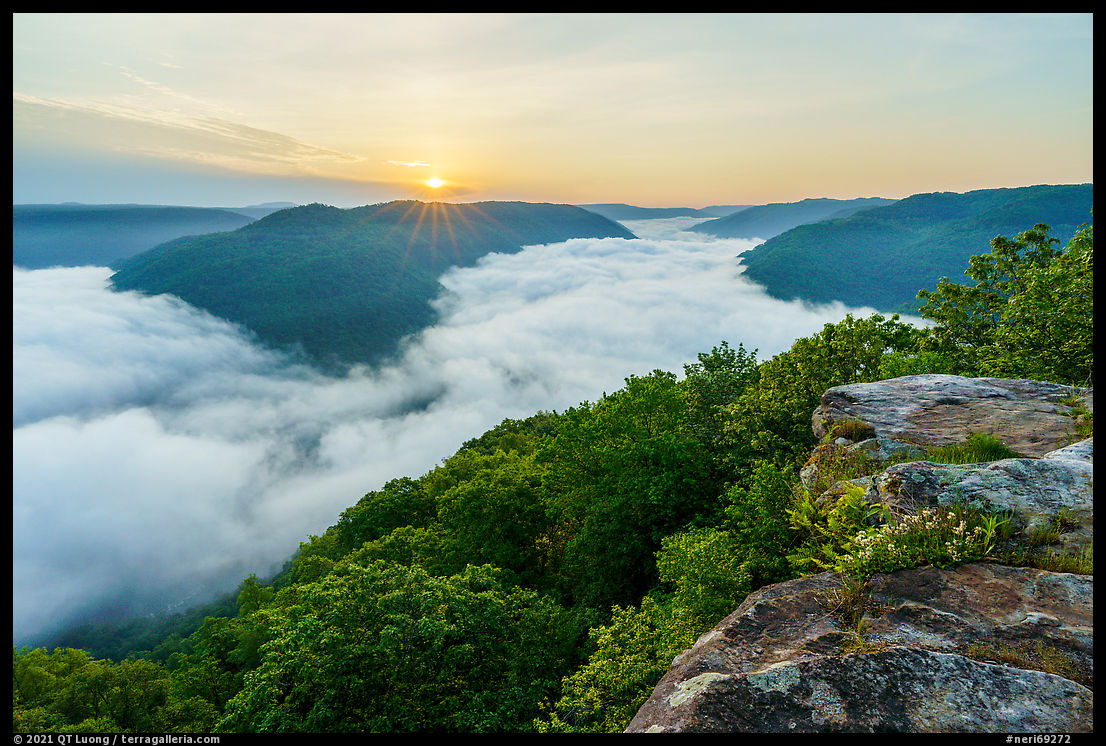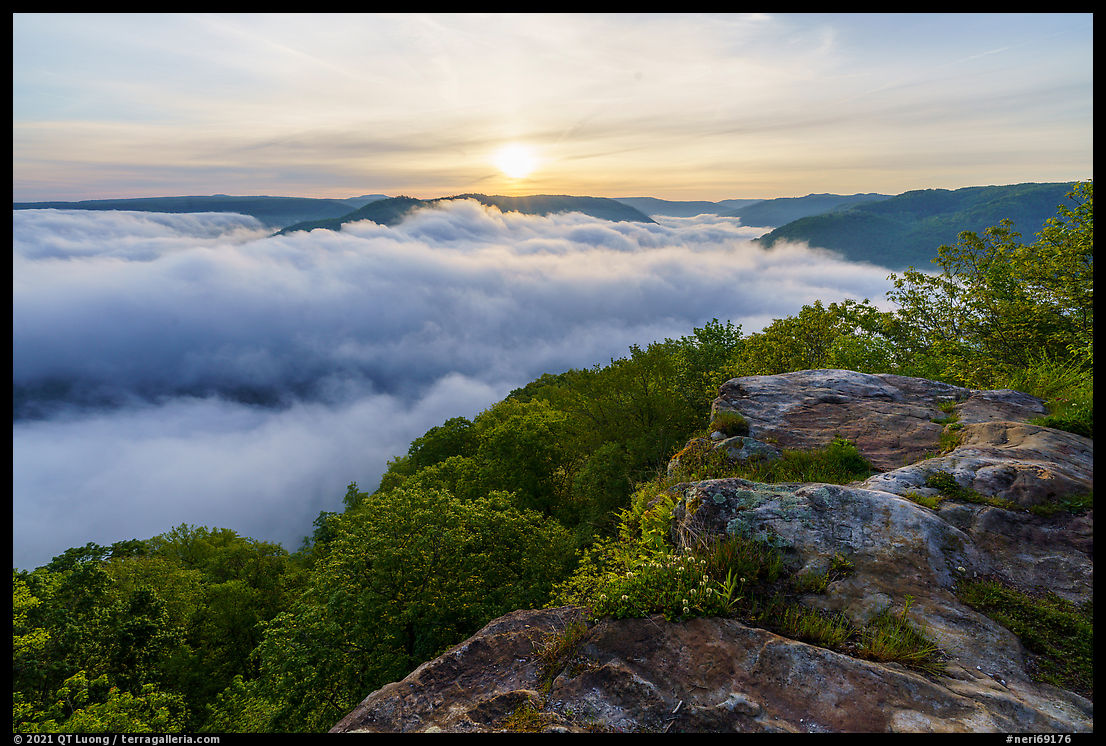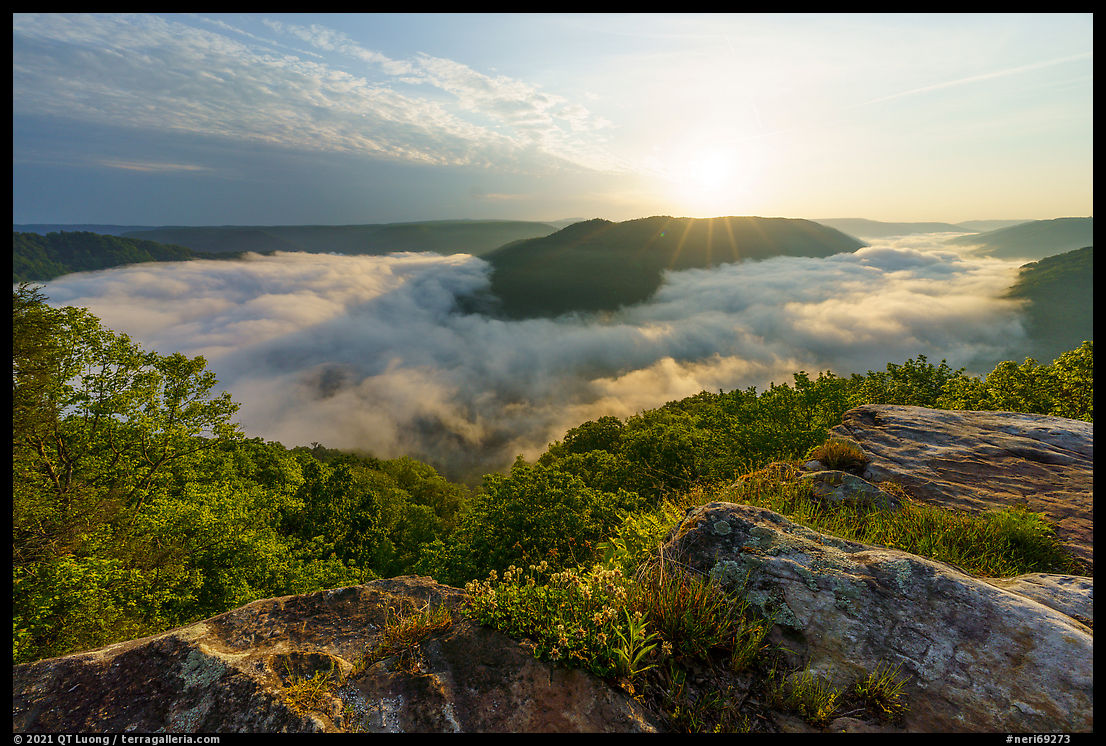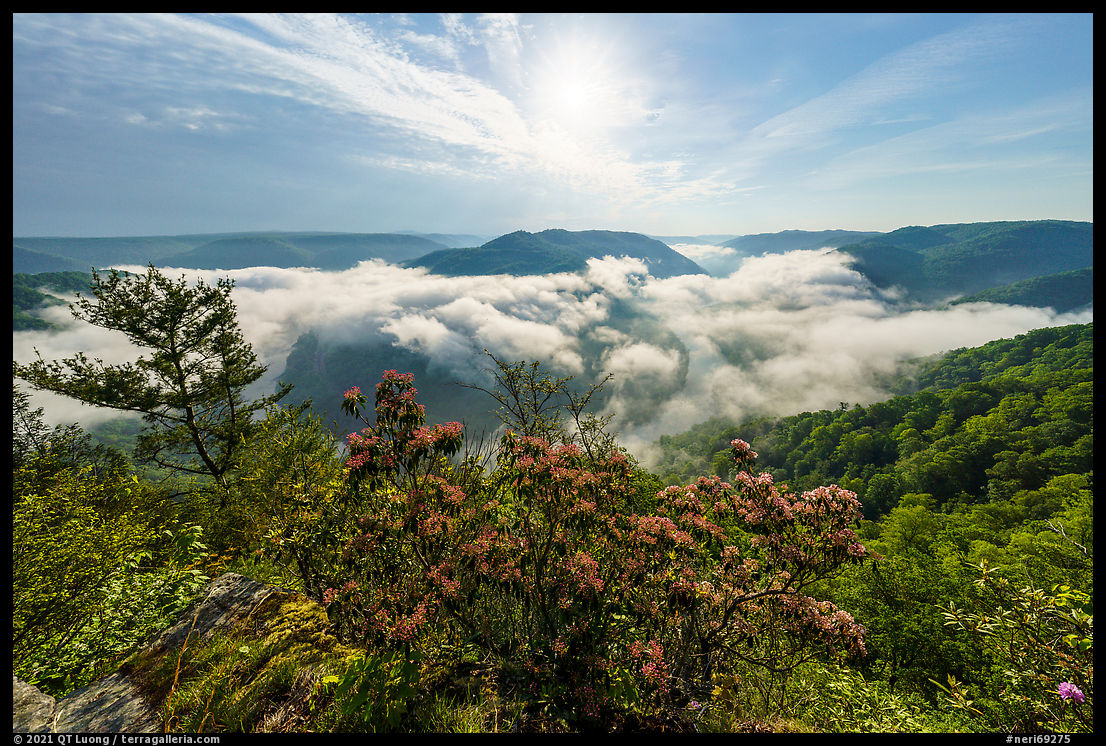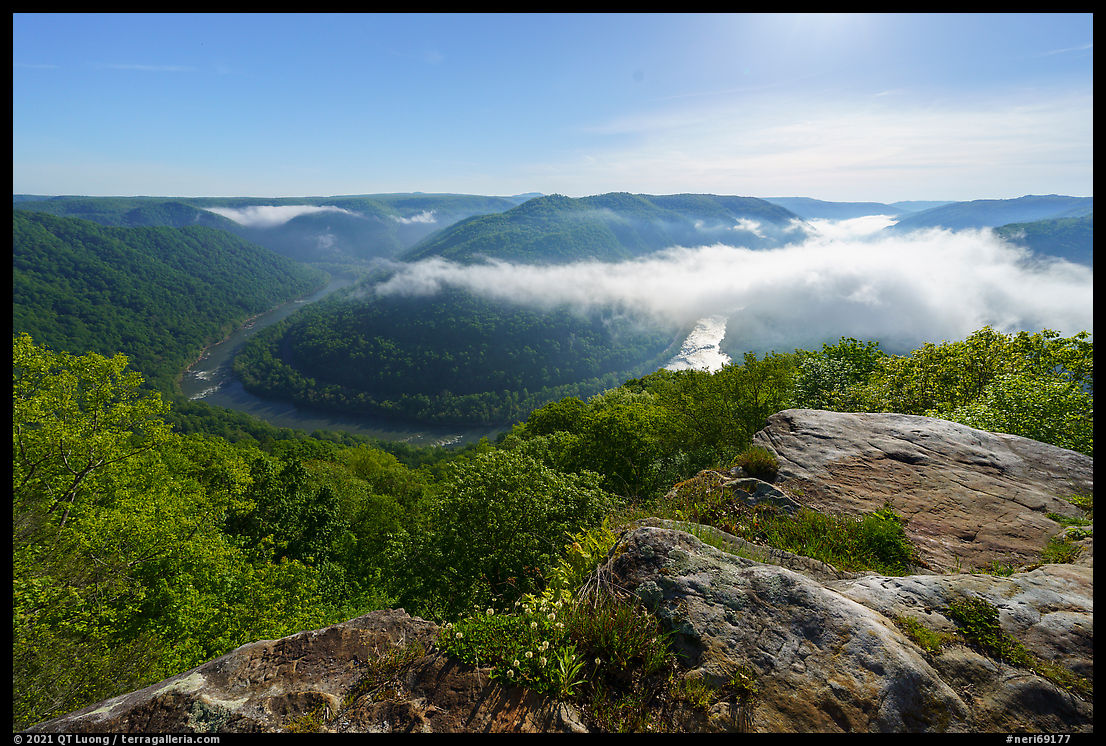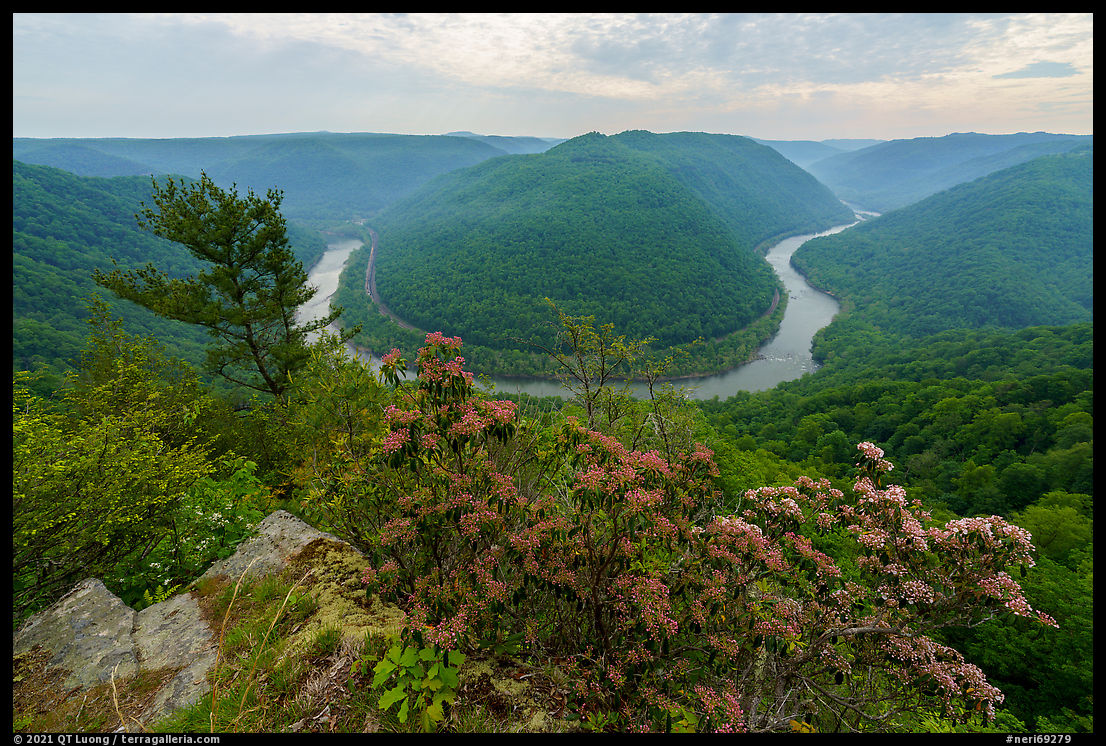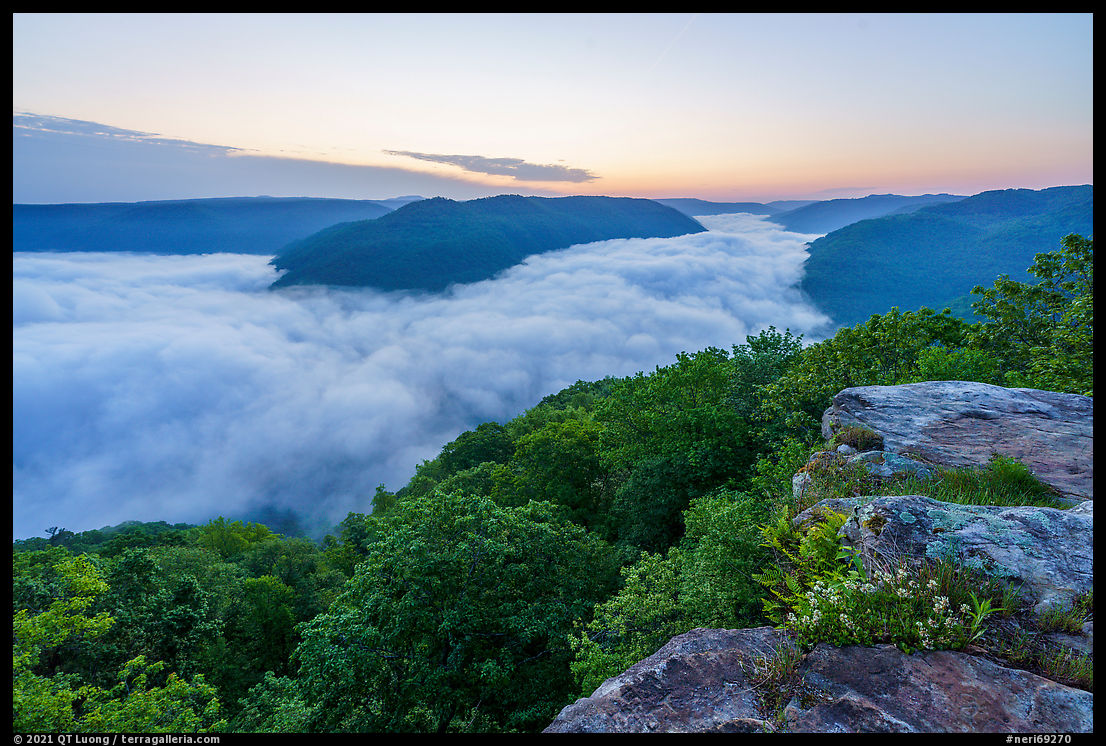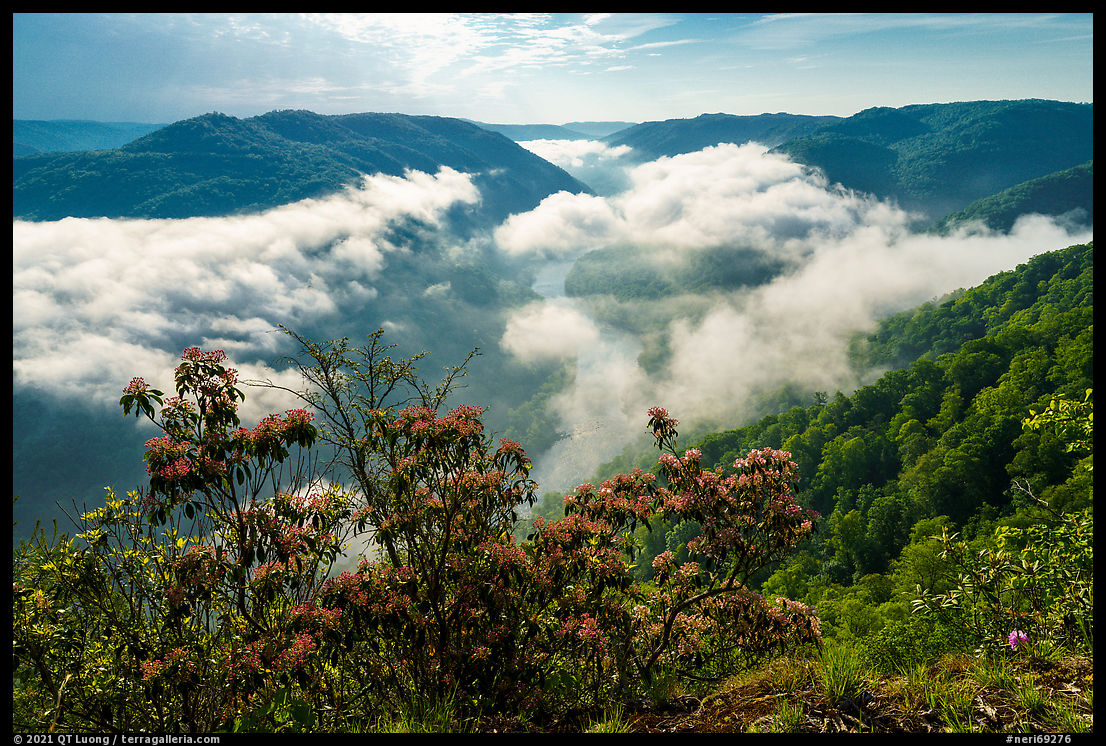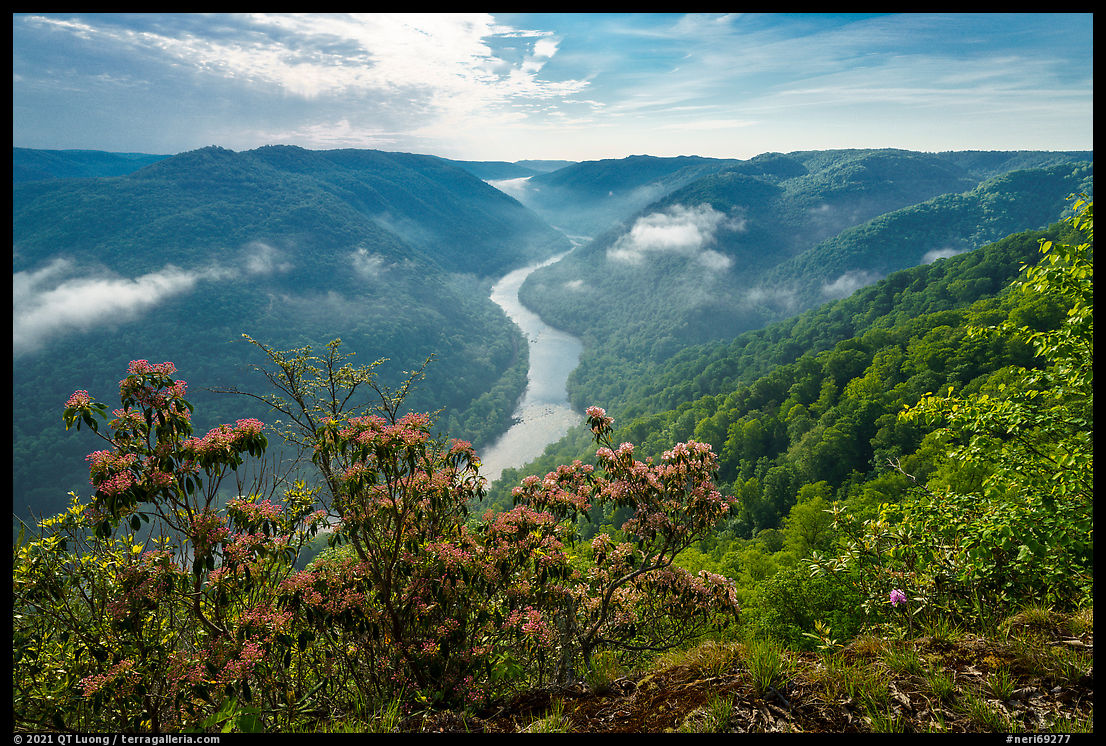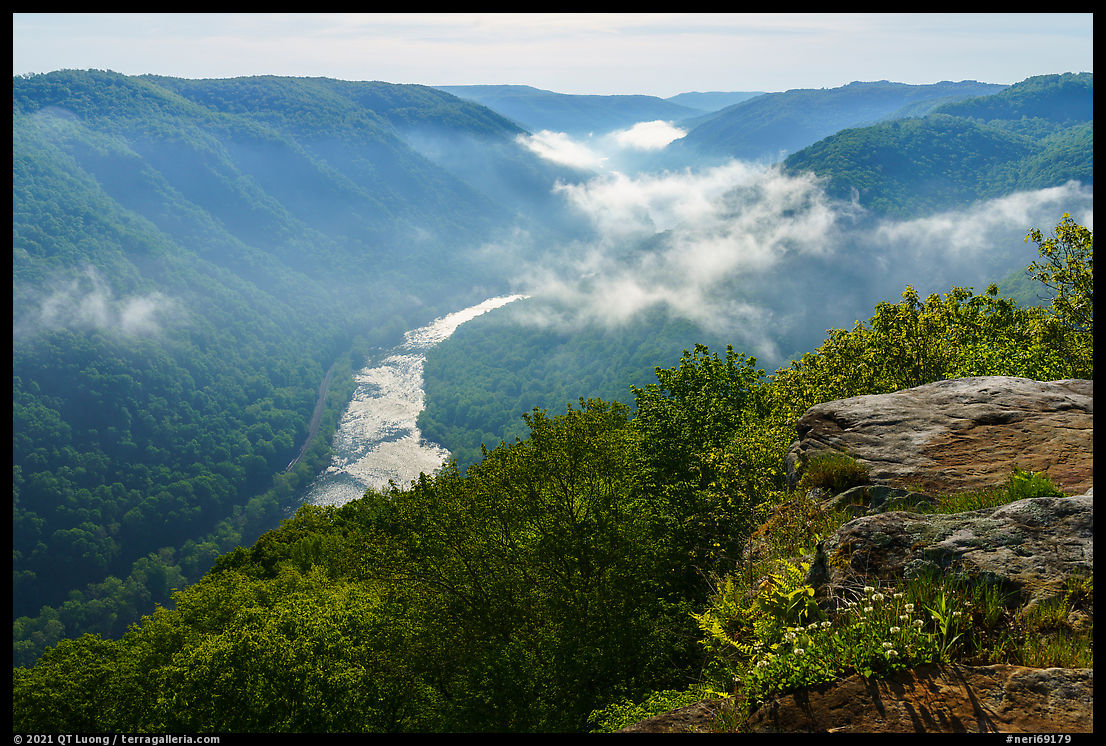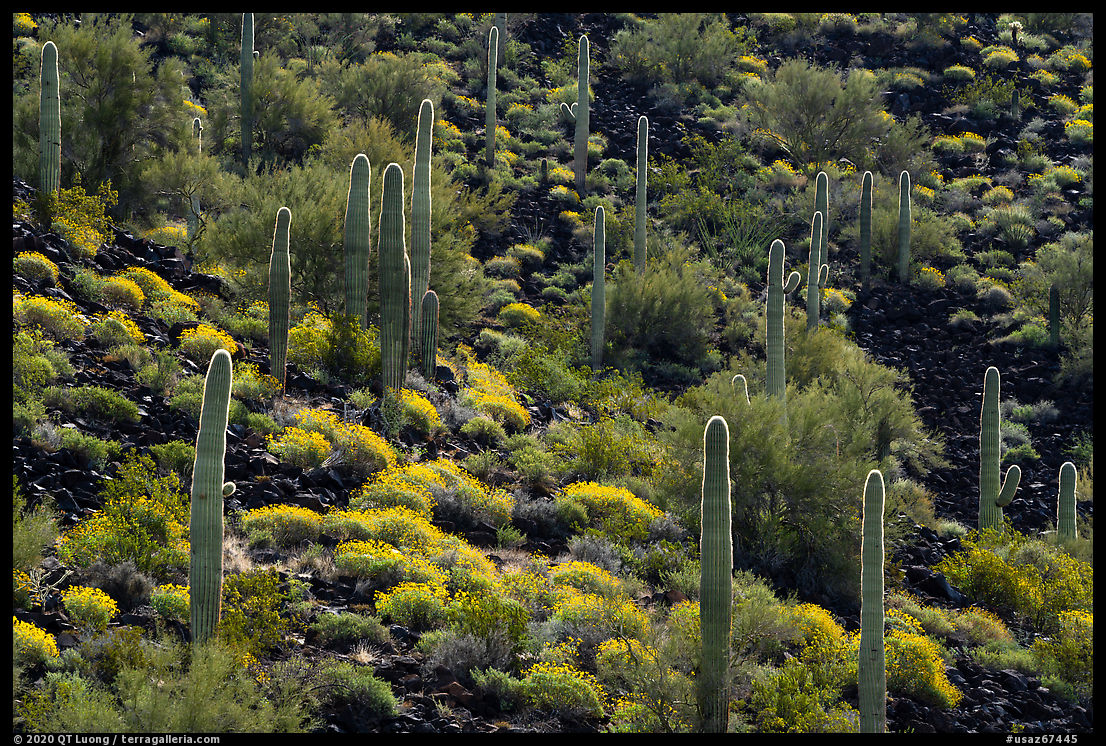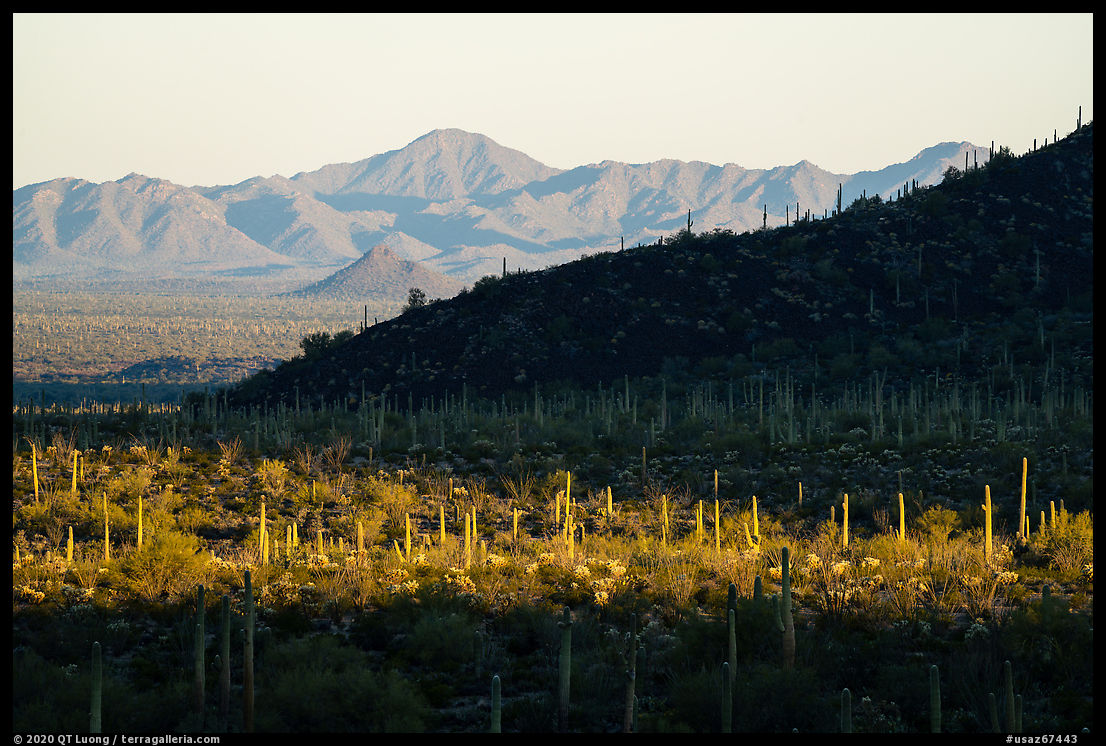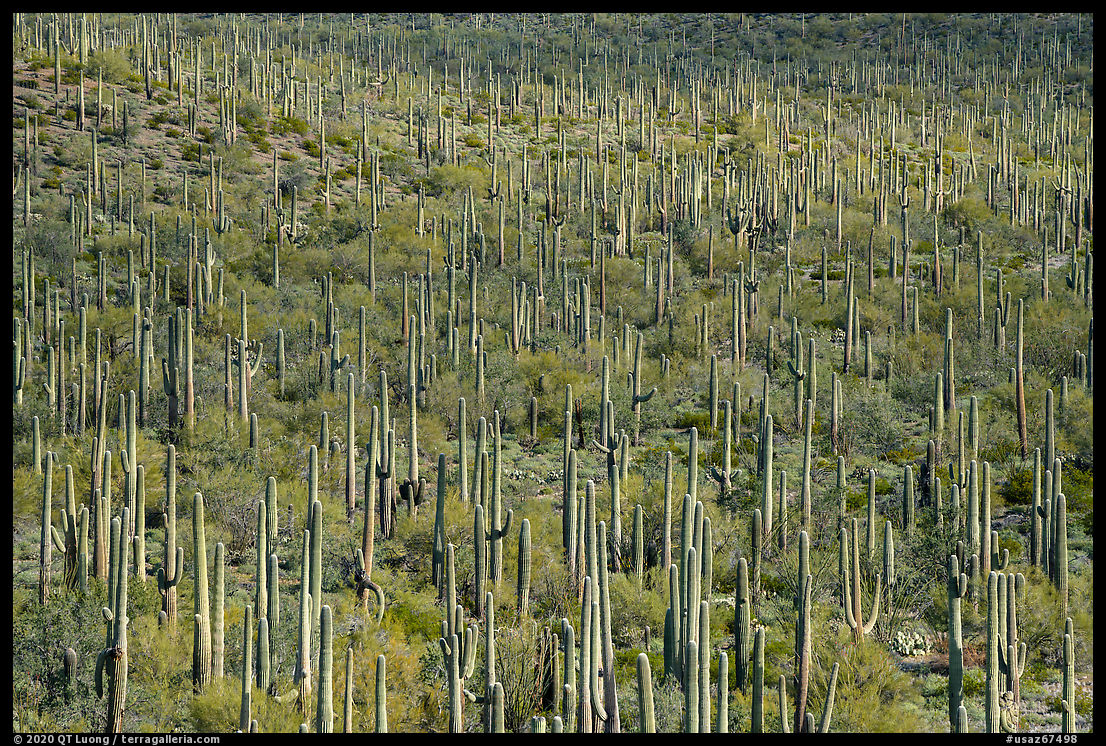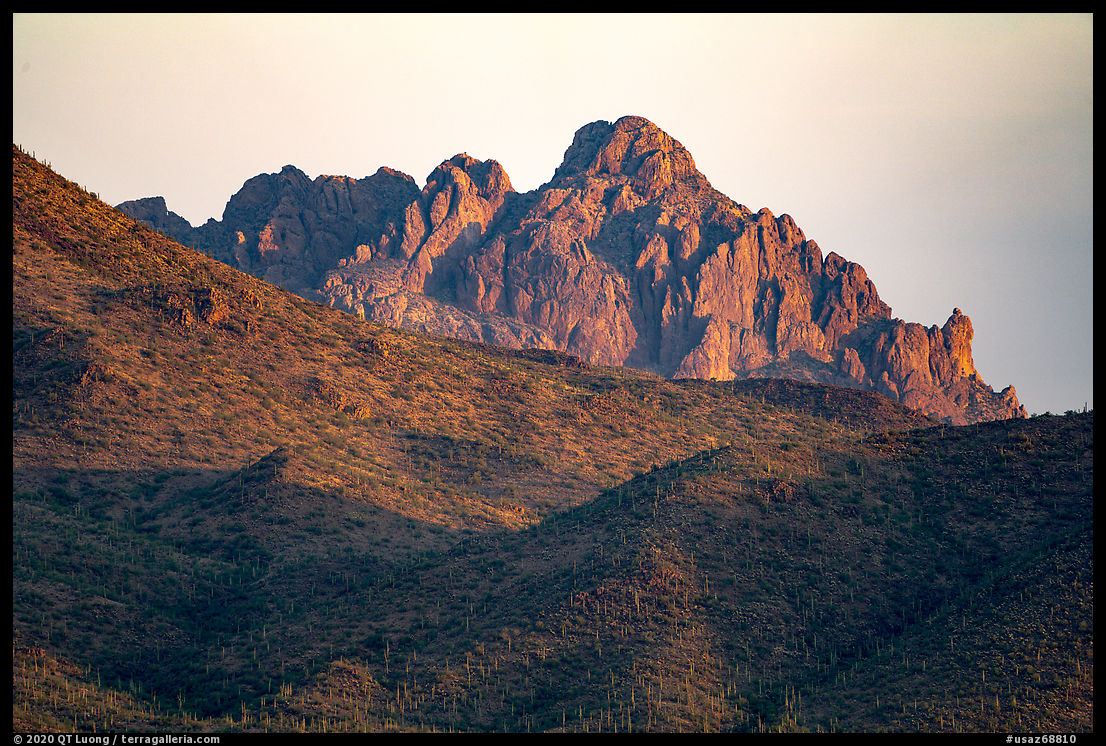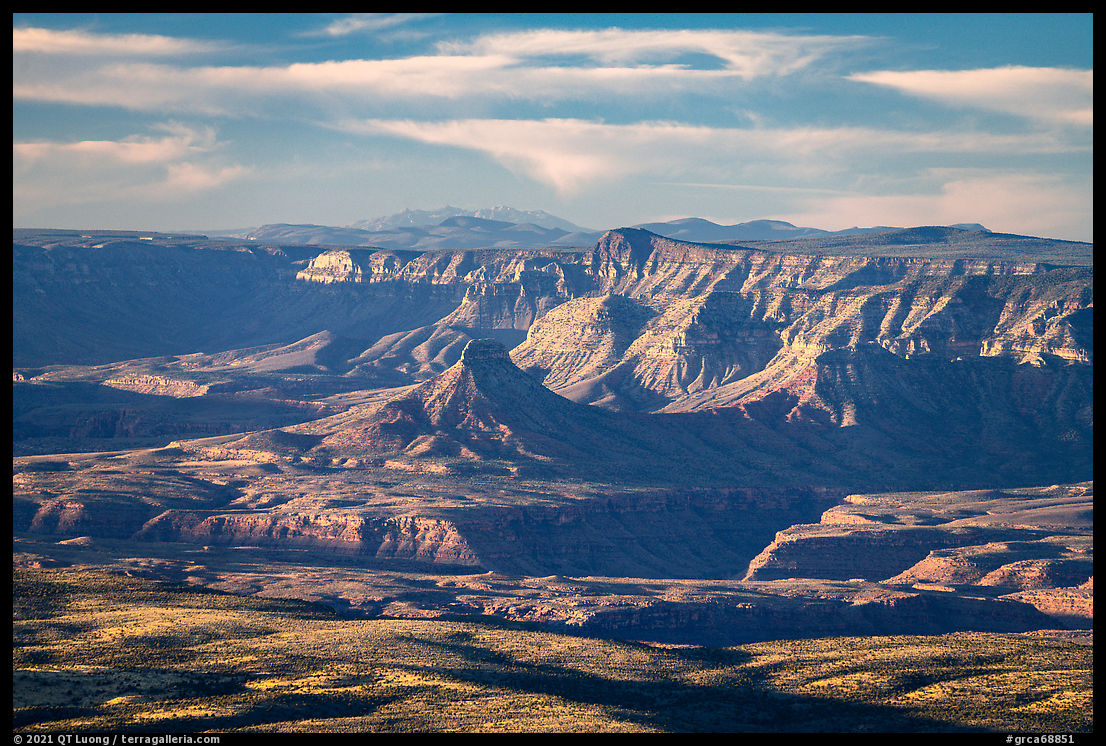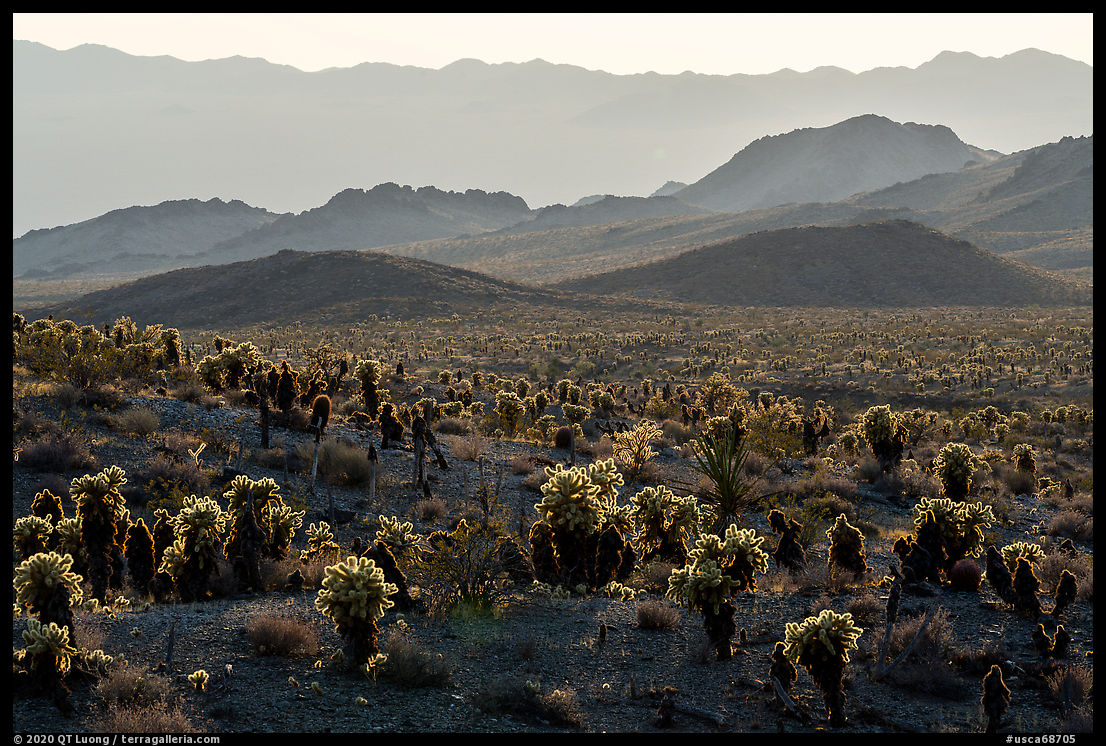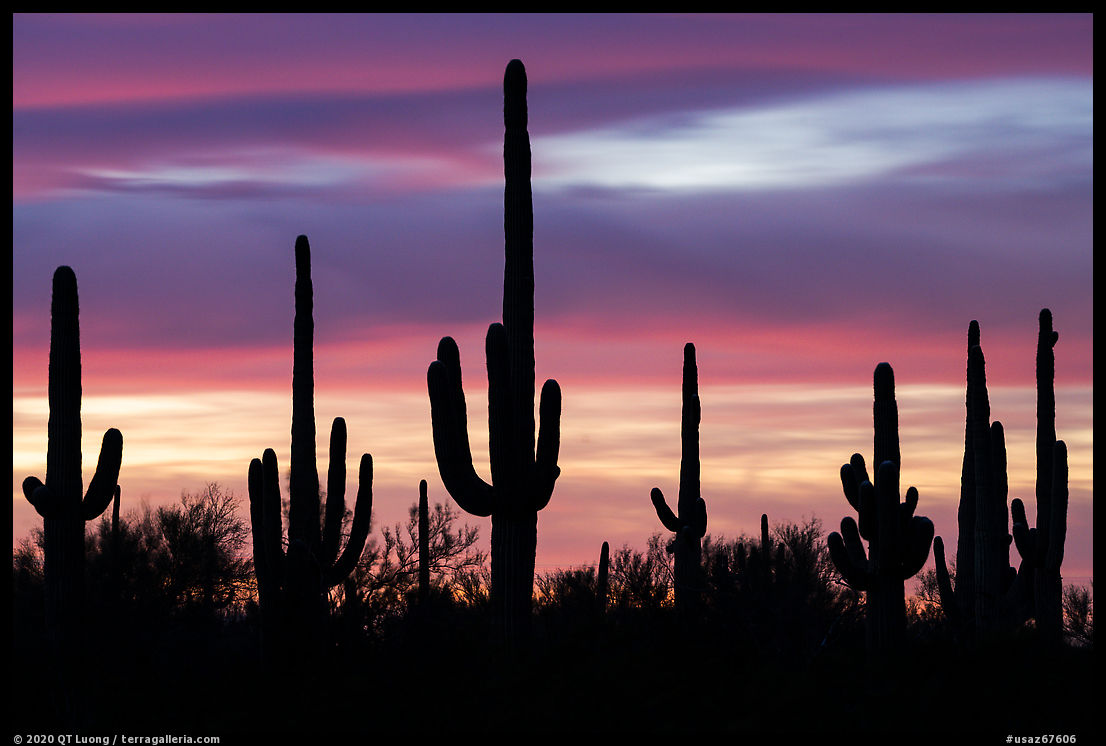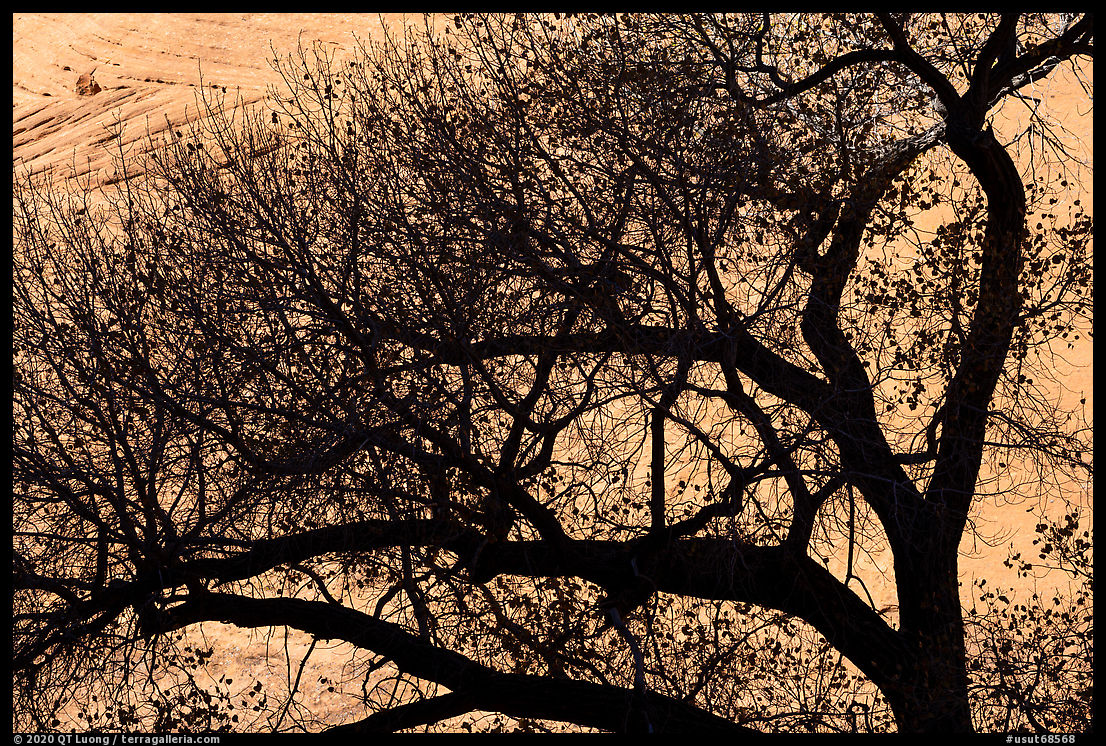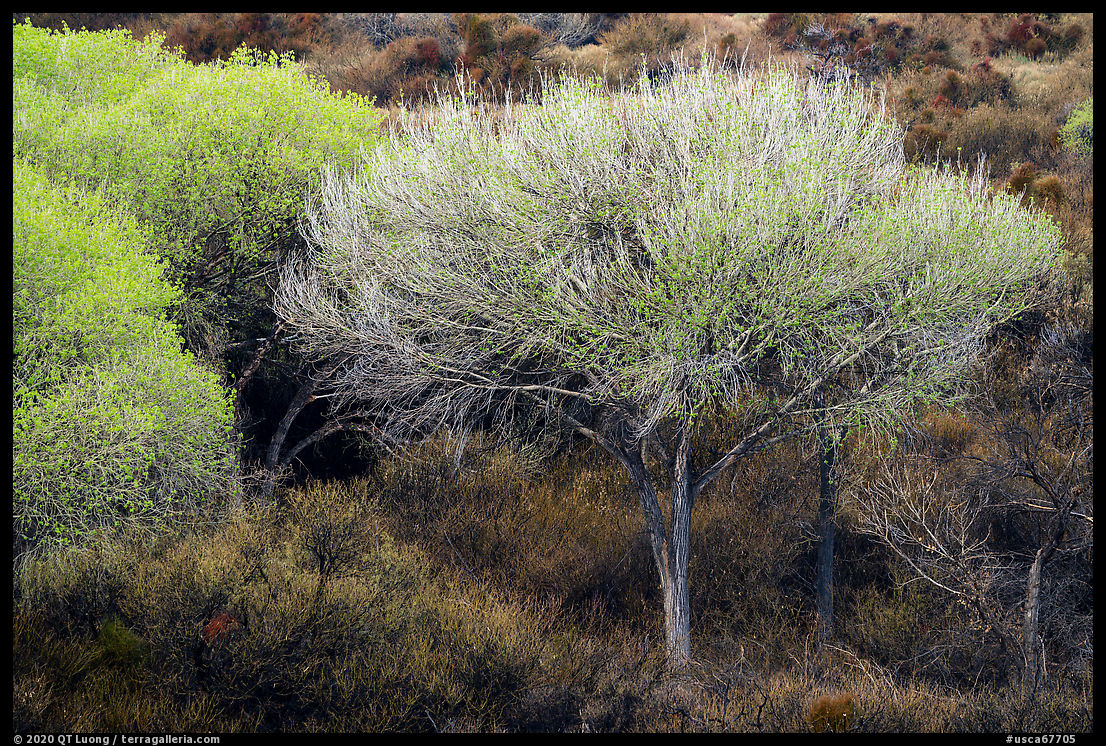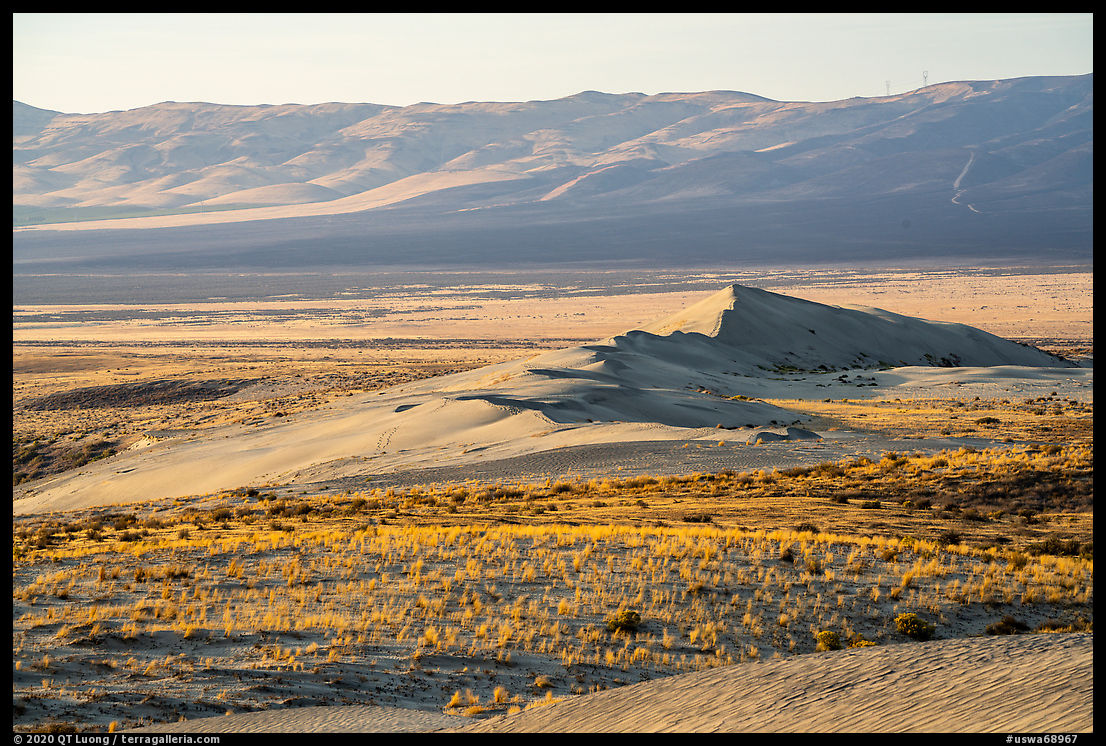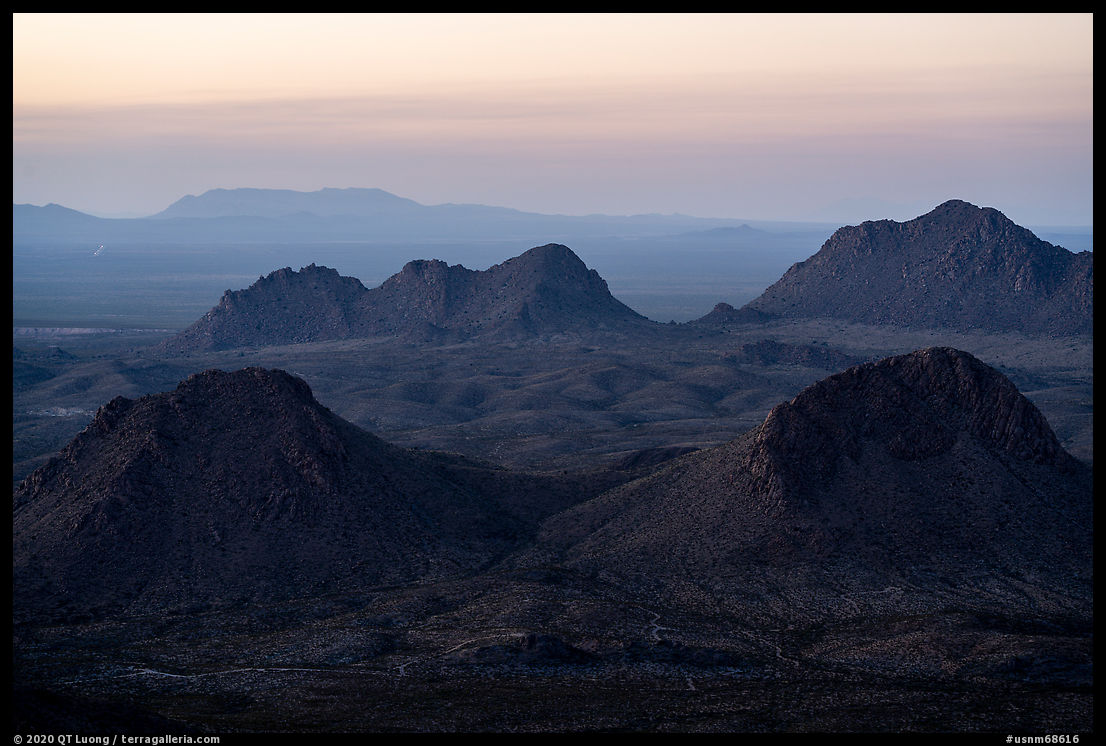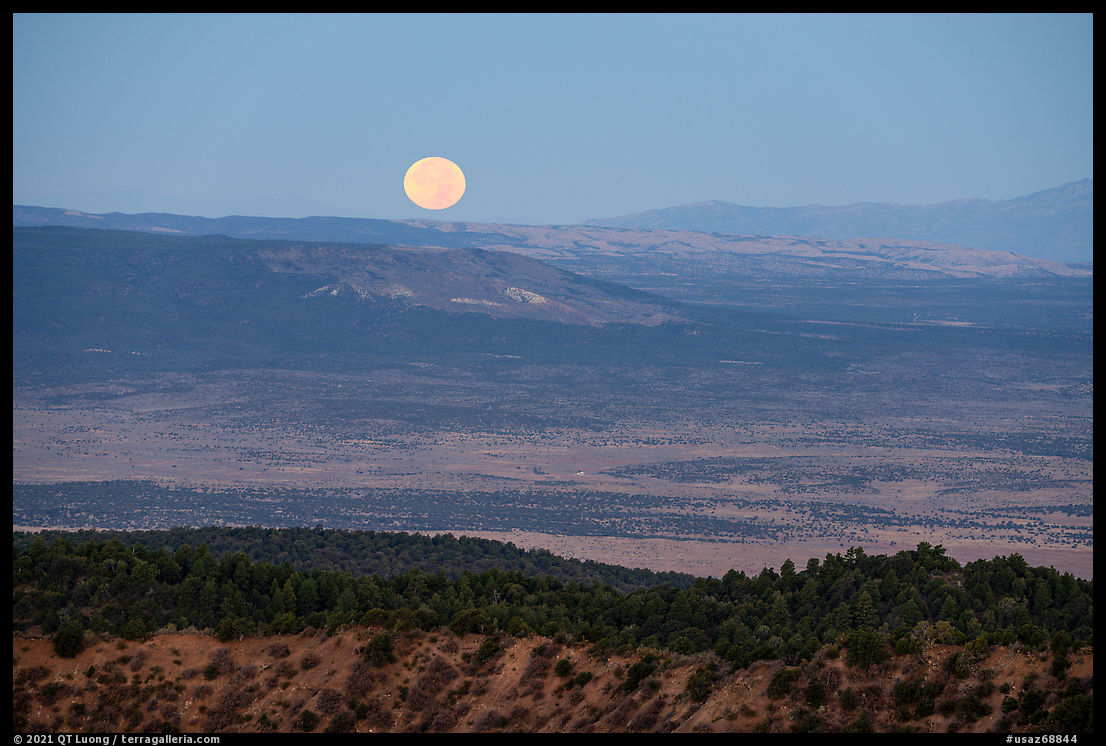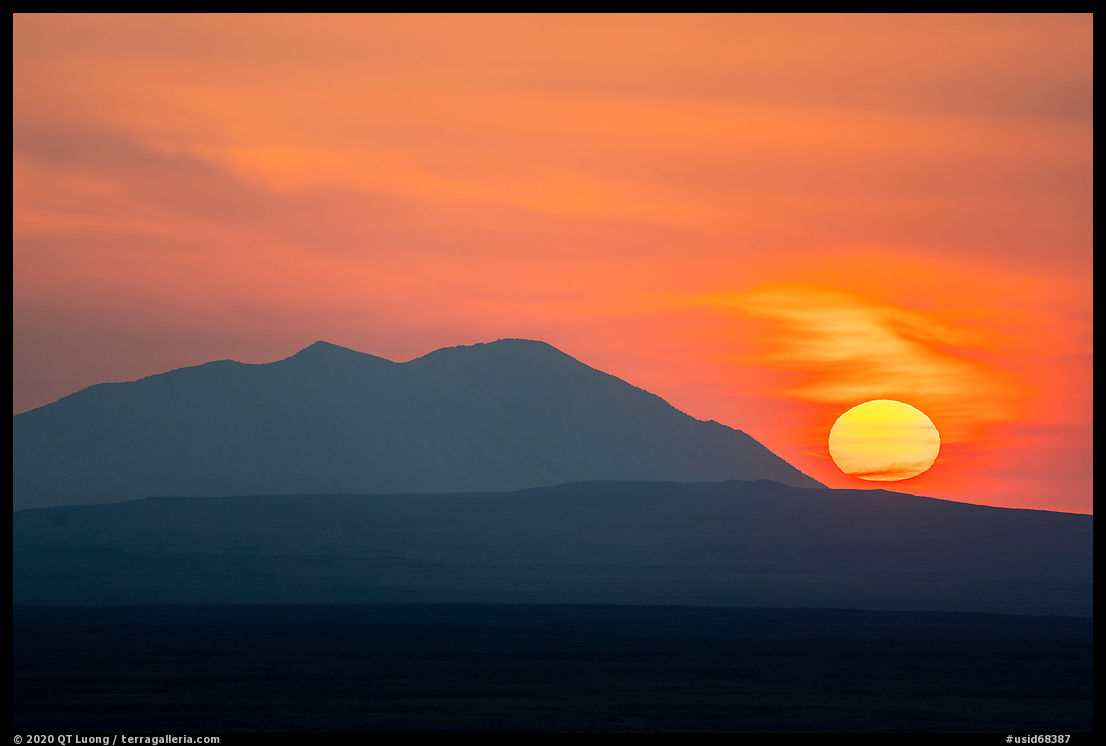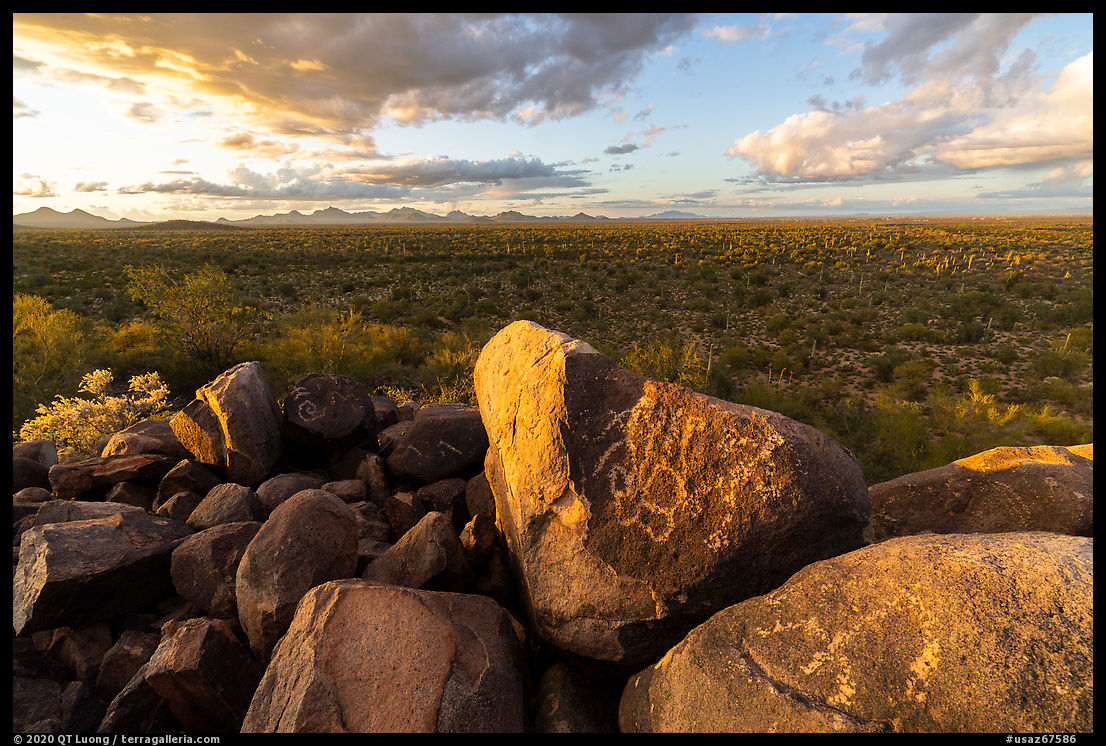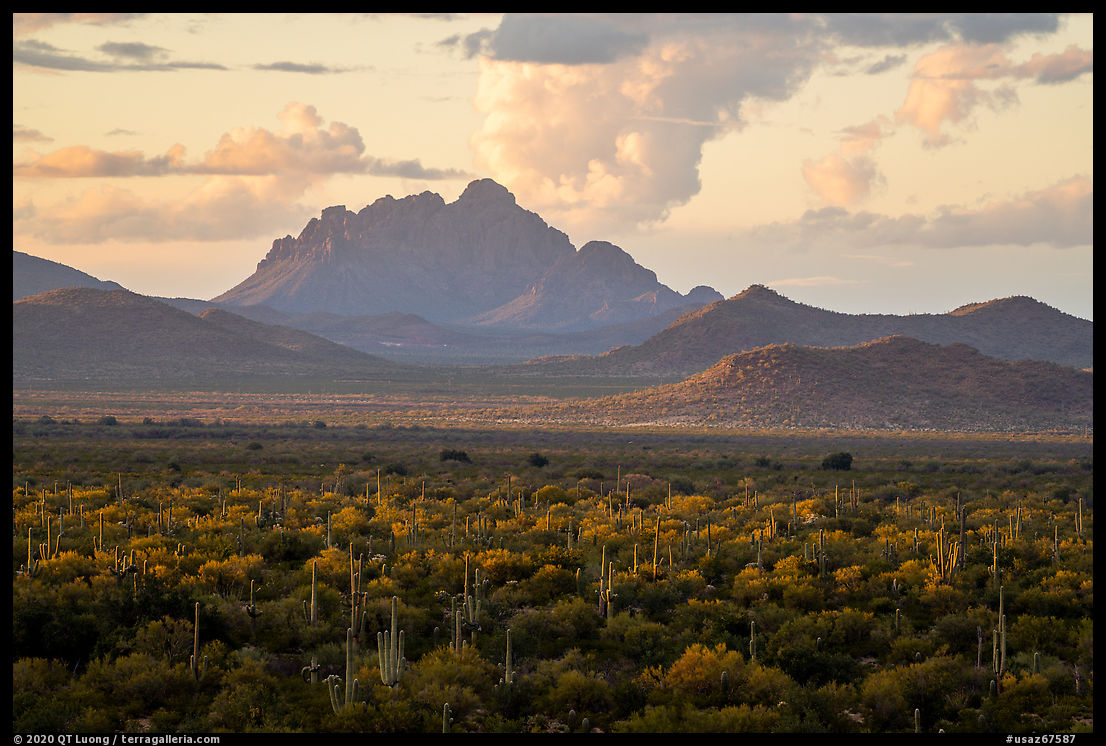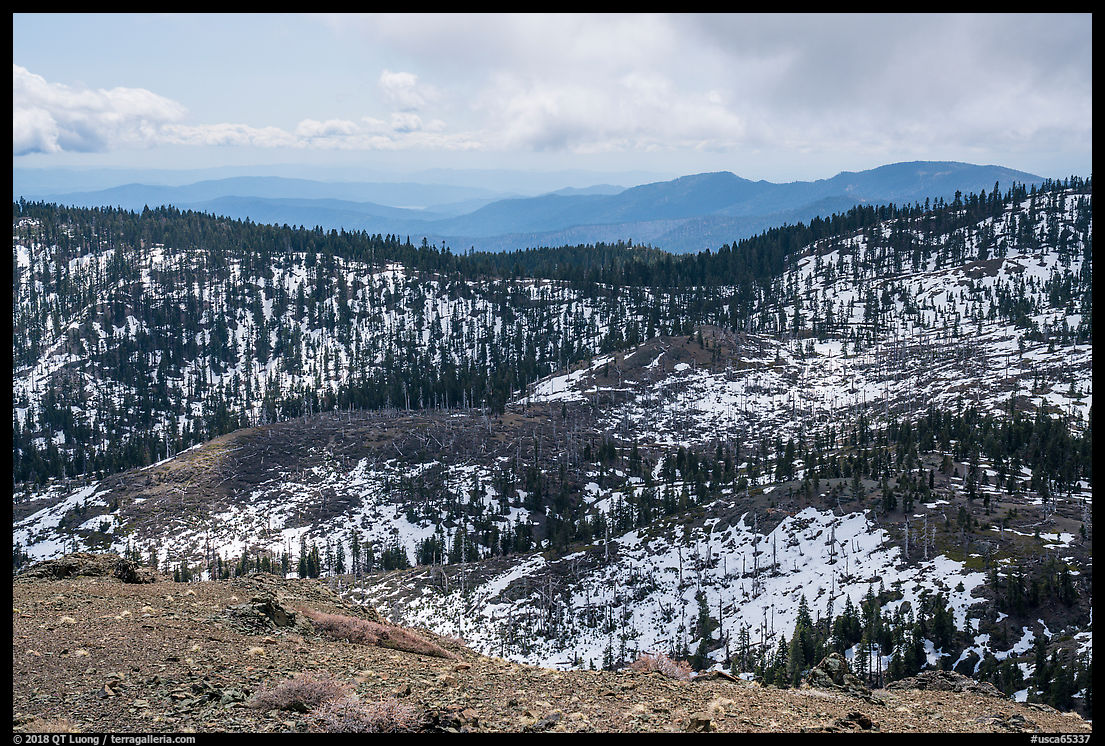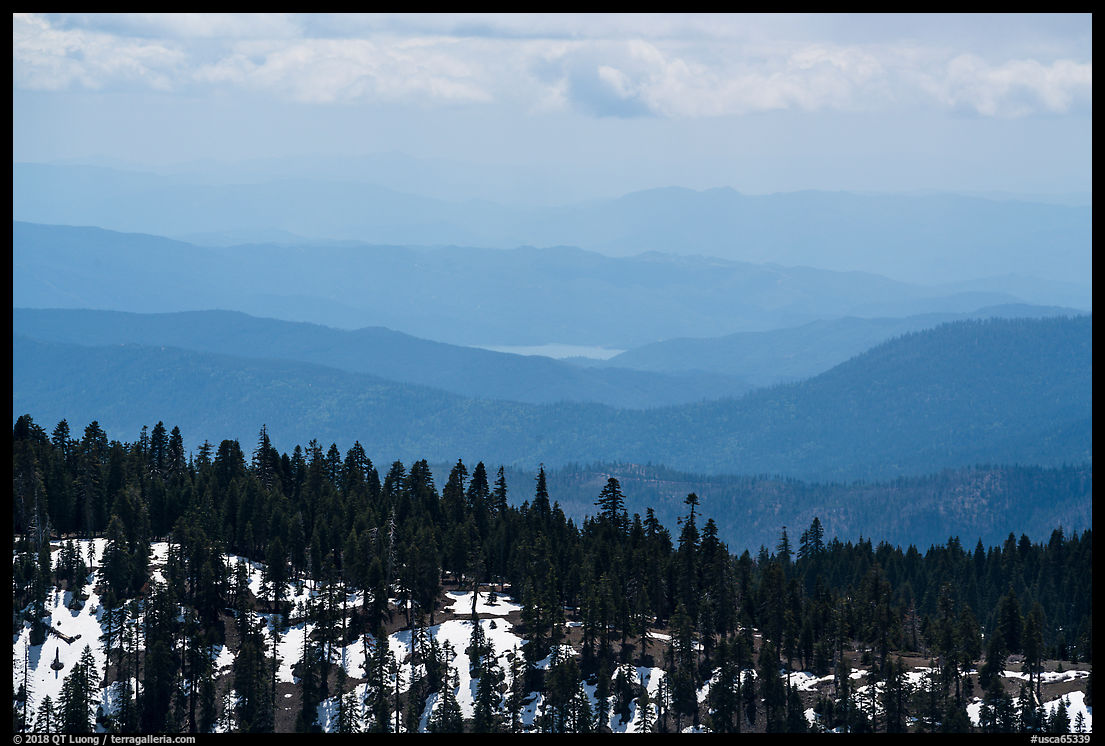Tripod: to carry or not to carry?

For more than a decade, my primary camera was a 5×7 inch wooden large-format camera. With those, hand-holding is not even a realistic option, not only because of the bulk, weight, and slow shutter speeds but mainly because there is no separate view finding device, unlike on the “press cameras” used by photographers such as Weegee. Once you configured the camera for exposing film, there is no more viewing of the composition as the film holder blocks the ground glass view. For a few years, when working less than a mile from the car, I didn’t think there was anything wrong with the Zone VI tripod. The thing, basically a surveyor tripod, weighted 16 pounds, plus a 4-pound pan-tilt head. I got wiser with age, realizing that burdening oneself with equipment is not the way to enjoy your surroundings. Yet, more often than not, I find myself carrying a tripod. Why?
Working deliberately and with precision
Back then, I adopted large format photography mainly for the promise of higher image quality. But in the long term, long after digital capture had caught up with large format film, I had progressed from the habits I acquired by working with the large format camera. The process forced me to slow down and to work more deliberately. If your camera is too easy to use, you can pretend it is cumbersome. A tripod helps going in that direction. In general, I photographed at most a dozen compositions per day with large-format film because I had to make each one count. Similarly, when working with a tripod, I produce fewer frames than handheld, but usually with a higher “keeper rate.” This saves much time in editing.Getting the camera set up on the tripod does require some effort, especially on uneven terrain, so before committing to a particular position, I take the time to evaluate the alternatives through my eyes. Does moving a few feet left, right, back, forth make a difference? How about a lower viewpoint? You sometimes read that working hand-held liberates your creativity because you are freer with viewpoints. Not so. You evaluate all viewpoints, and only after you make a choice does the tripod gets set up.
Once the camera is on the tripod, you are relieved of the task of holding the camera in a stable way. It is much easier to take your time evaluating every aspect of the composition, one at a time, such as frame edges since you can more easily make minute adjustments in framing and decide in an exacting way what to include or exclude. The process has resulted in more precise and stronger compositions for me.
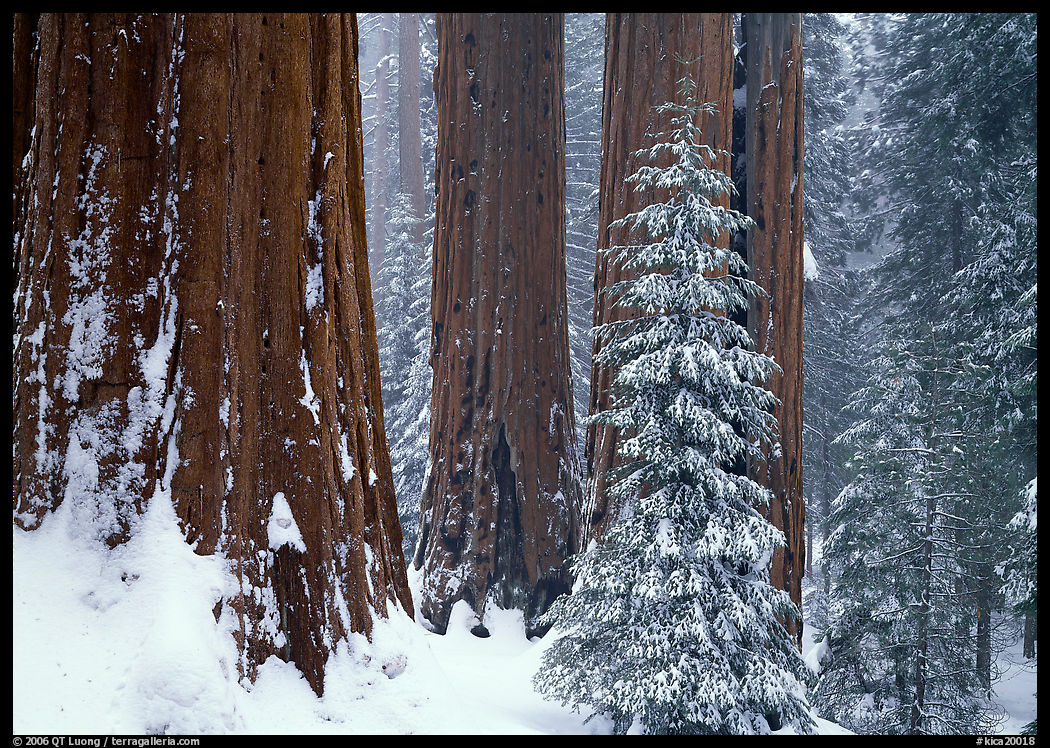
Mastering time
With the composition established, I can wait as long as needed for desired conditions: the breeze to die down so that vegetation is rendered without motion blur, the clouds to complement the landscape, and the light to fall on the right spots. Meanwhile, I can even explore other possibilities with a second camera, knowing that if the conditions converge, all I have to do is click the shutter of the camera already set up. Suppose I want to free myself entirely from having to attend that camera. In that case, I can even set up a time-lapse sequence that serves a dual purpose: stills and motion. And for capturing any nature video, a stable platform is a must.In wildlife photography, interesting behavior is often crucial and requires much patience to capture. Besides the stability demands placed by longer lenses, those telephoto lenses are heavy. Who can hand-hold such a lens closely trained on a bear while waiting for them to make that split-second salmon catch?
In landscape photography, some subjects benefit from even longer exposure time than image stabilization can provide. Depending on the camera and lens used, it may be possible to hand-hold in a hit or miss way (meaning resulting in a fraction of usable images, for numbers with a 50mm lens on Canon EOS R5 and Sony Alpha 1, see this test) until a quarter to half a second, which is already incredible. But pre-set shutter speeds go beyond 1 second on every camera for good reason. By the way, am I the only one to wish that camera manufacturers would provide pre-set shutter speeds longer than 30s rather than forcing you to use Bulb? Moving water can often benefit from those multi-second exposures. They are mandatory for the night starry sky. Some of my favorite light occurs at dawn before sunrise and dusk after sunset. The darkness makes multi-second exposures necessary.

Achieving ultimate image quality
You’ve spent a serious amount of money on cameras and lenses. Having the camera on a tripod ensures that you make no compromises so that image quality is the best that you can achieve with your equipment. This may or may not be important to you, but personally, I still view the print and printed page as the ultimate expression of a photograph. Defects not visible in a screen-sized image become very apparent in print.Without the tripod, you have to balance all three components of the exposure: fstop, shutter speed, and ISO. You’ll probably try several combinations, and make several “assurance shots” as well. That takes away time and energy that could be spent instead on composition. With the tripod, you just use your desired settings without second thoughts. You can shoot at base ISO that always results in better detail and less noise than higher ISOs. You can stop down the lens as needed for depth of field without worrying about the resulting slow shutter speed. Sharpness is less likely to be reduced by camera vibration. Focus can be refined manually by checking 100% magnification without distracting vibration and making comparisons. Tilt and shift lenses can be appropriately adjusted.
It is possible to use multi-frame techniques such as exposure bracketing and focus stacking. While the former is becoming less valuable with the sensors increasing dynamic range, the latter has only grown in utility with the sensors increases in resolution. Thanks to Photoshop’s auto-alignment, it is quite possible to hand-hold and bracket exposures if you use fast shutter speeds, a fast rate, and automated exposure bracketing. However, if you don’t have automated focus bracketing on your camera (my Sonys do not), creating a focus stack handheld is a more uncertain proposition.

How I deal with it
I always have a tripod in the car. There are two types of situations when I leave it there. The first situation is if I do not anticipate making a photograph where one of the three criteria above is of importance. A simple and straightforward composition. A bright day with no particular time exposure requirements. Undemanding image applications. However, quite a few times, unanticipated opportunities have presented that made me regret the choice and come back to get the tripod. So that it doesn’t happen, I generally carry the tripod but do not feel an obligation to use it. Adding it to my camera backpack doesn’t prevent me from working fast, only slightly heavier. Better to have it when needed if taking it is not too much of a burden.This brings us to the second situation when long hiking is involved. If you spend so much more time hiking than photographing, is it worth it to carry heavy equipment when any additional pound reduces the enjoyment of the hike, knowing that it makes a decisive difference only for a fraction of the photographs you may make? Burdening yourself on the trail also wears you down physically, a condition not conducive to creative work.
Even though, while I find the compromises in precision and image quality that come from hand-holding quite workable with modern cameras, if I anticipate finding myself out in dim light at a key location or photographing a significant amount of moving water, I will still make sure to bring a tripod, even if a smaller one than normally used. It is a game of guessing probabilities of the tripod being justified. Since we are talking about guesses, do you think the following image, among the last I made on a long day of hiking, would justify the tripod? Look for the answer in a follow up post.
